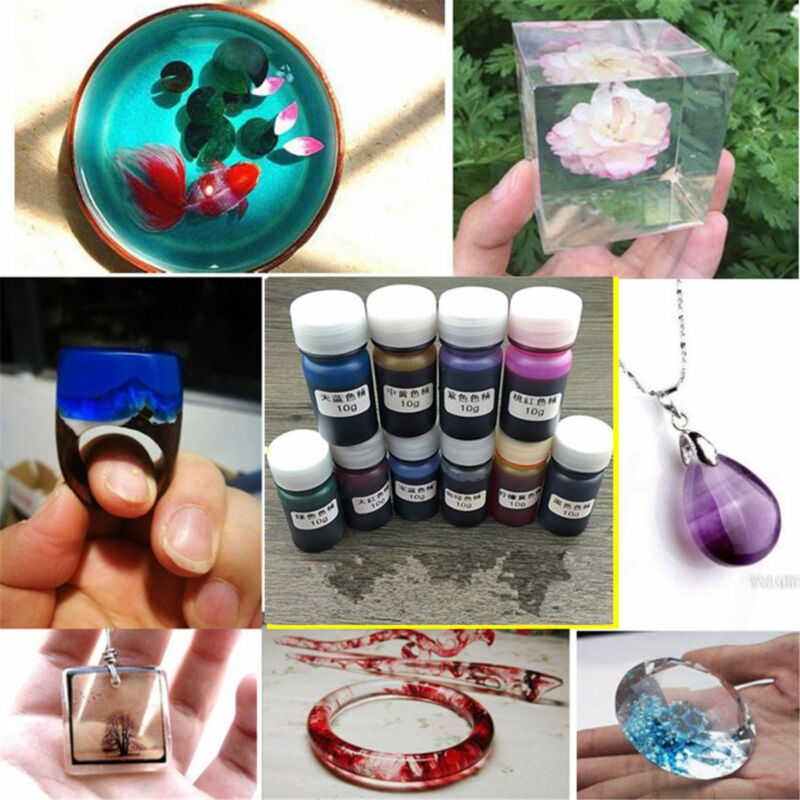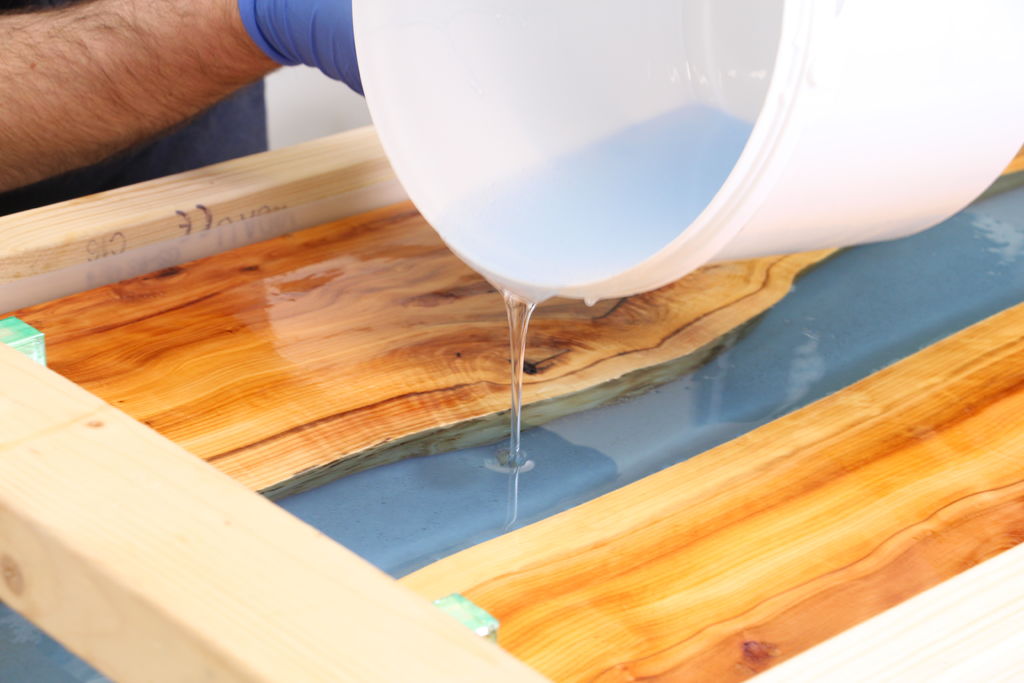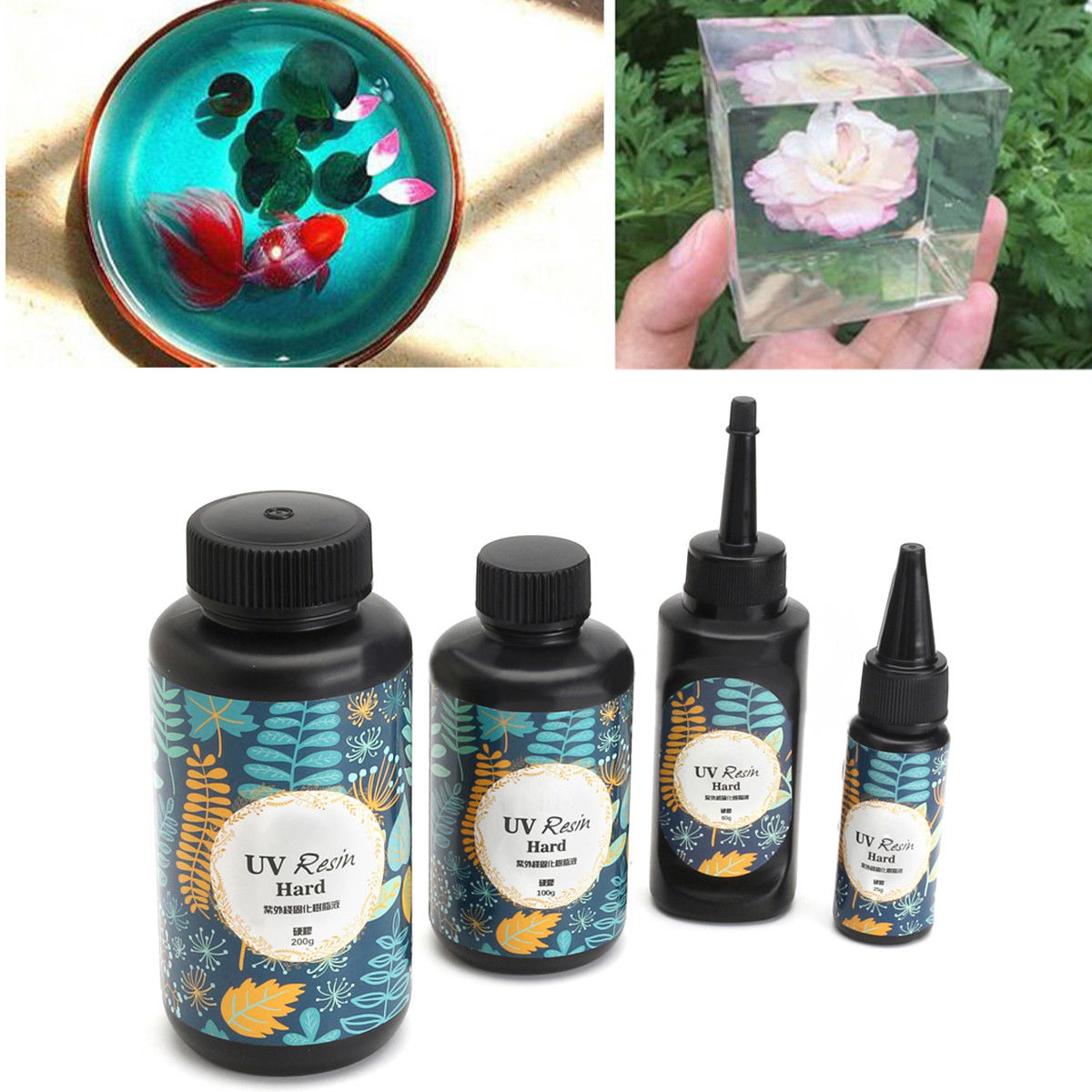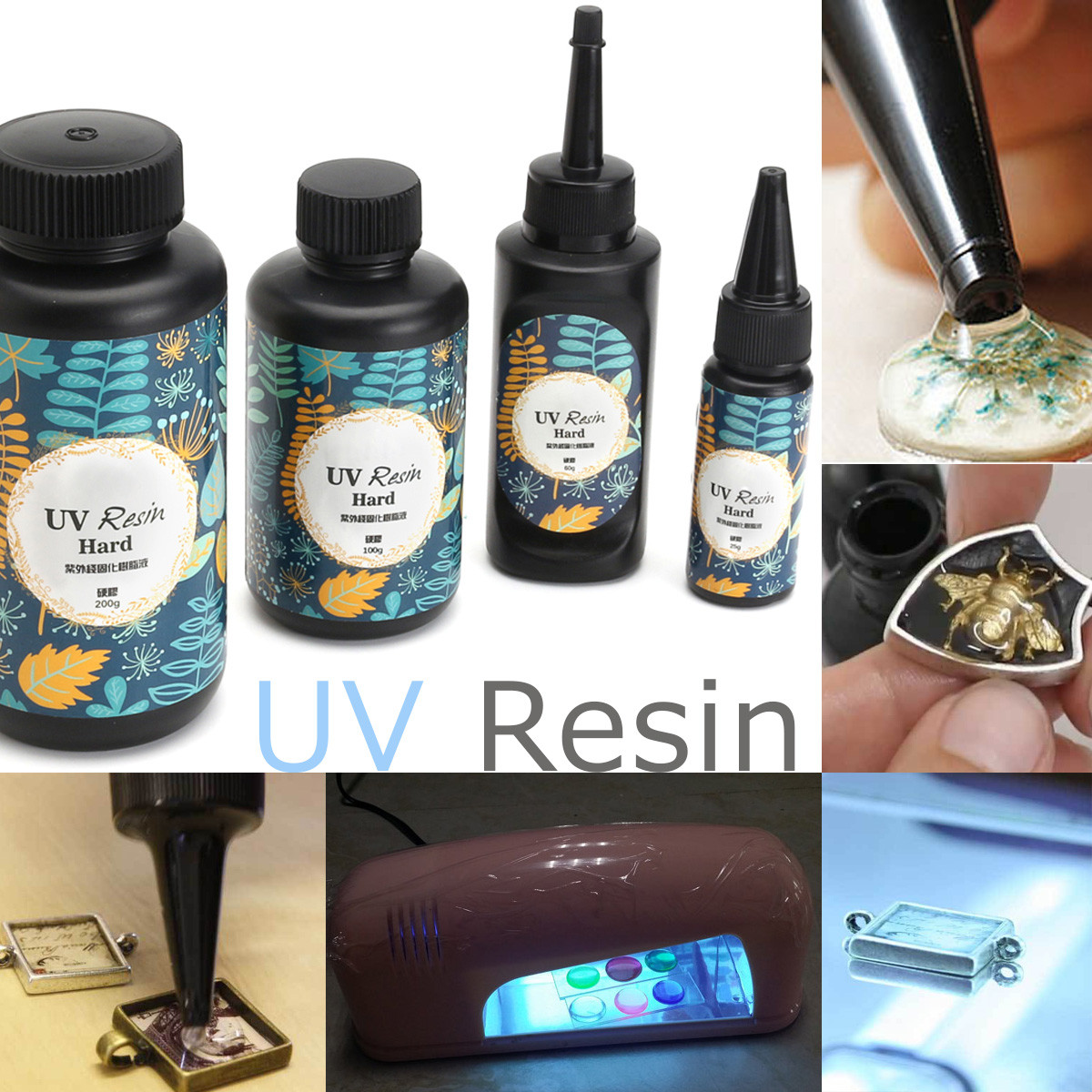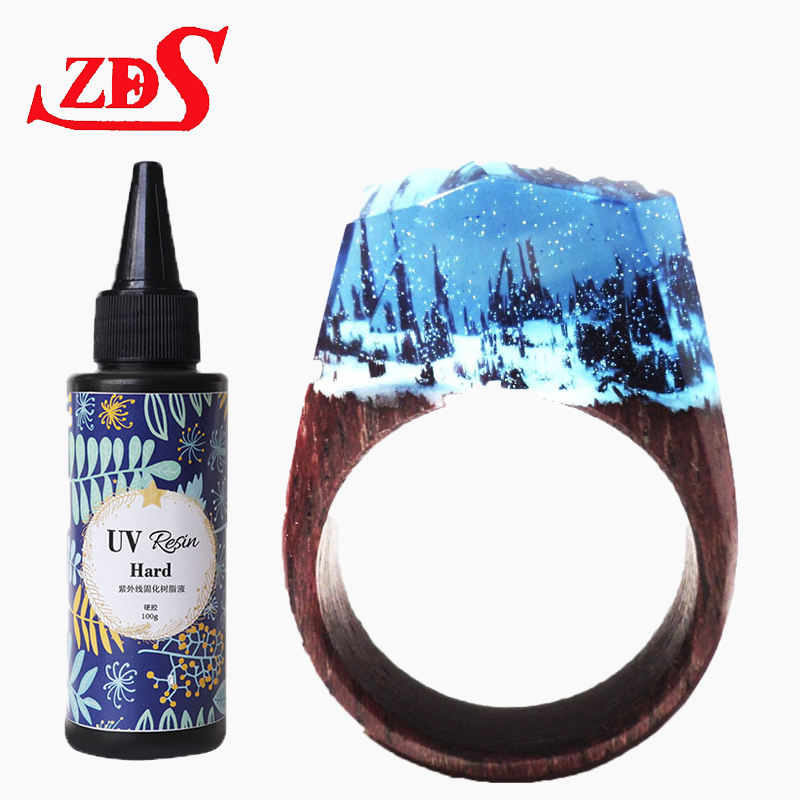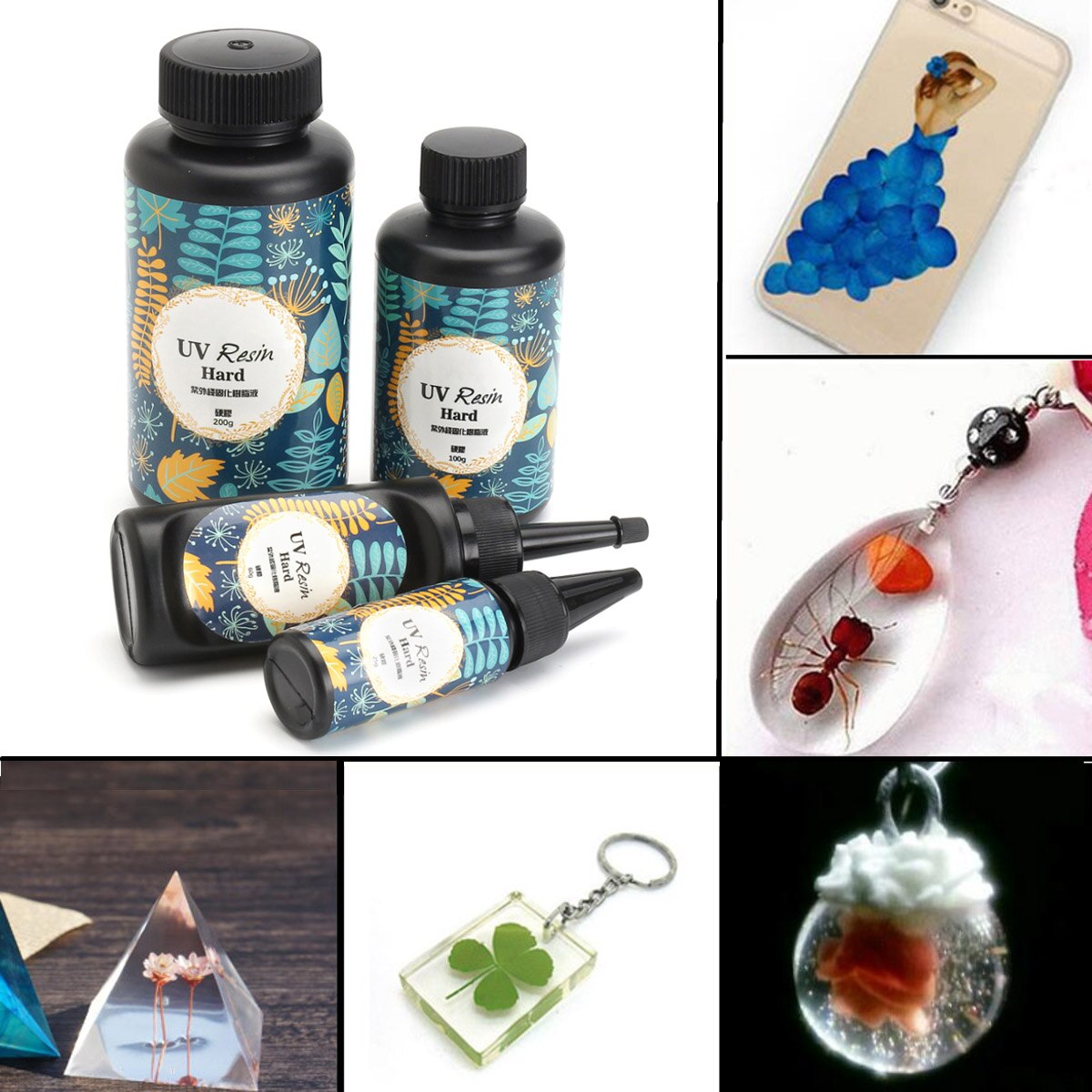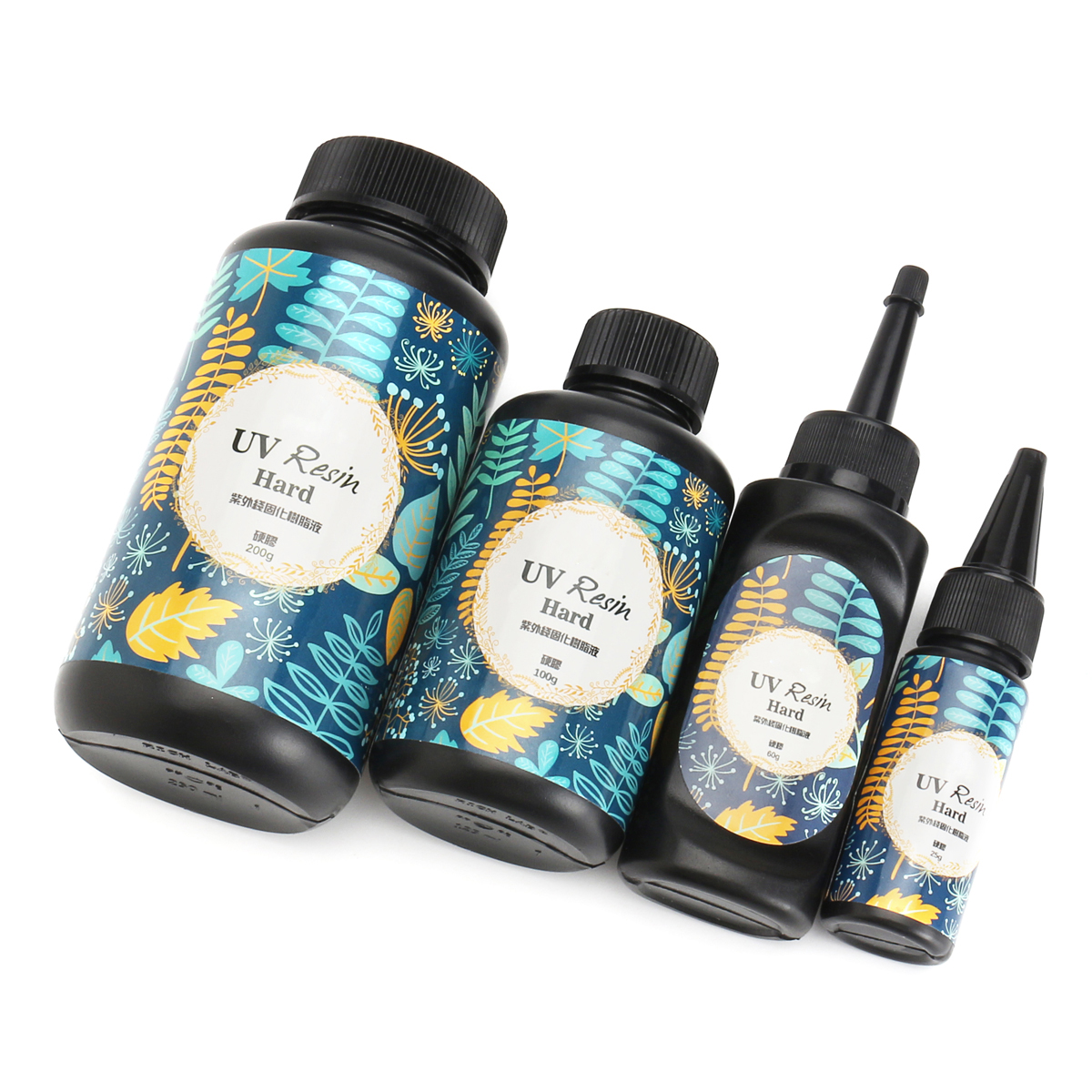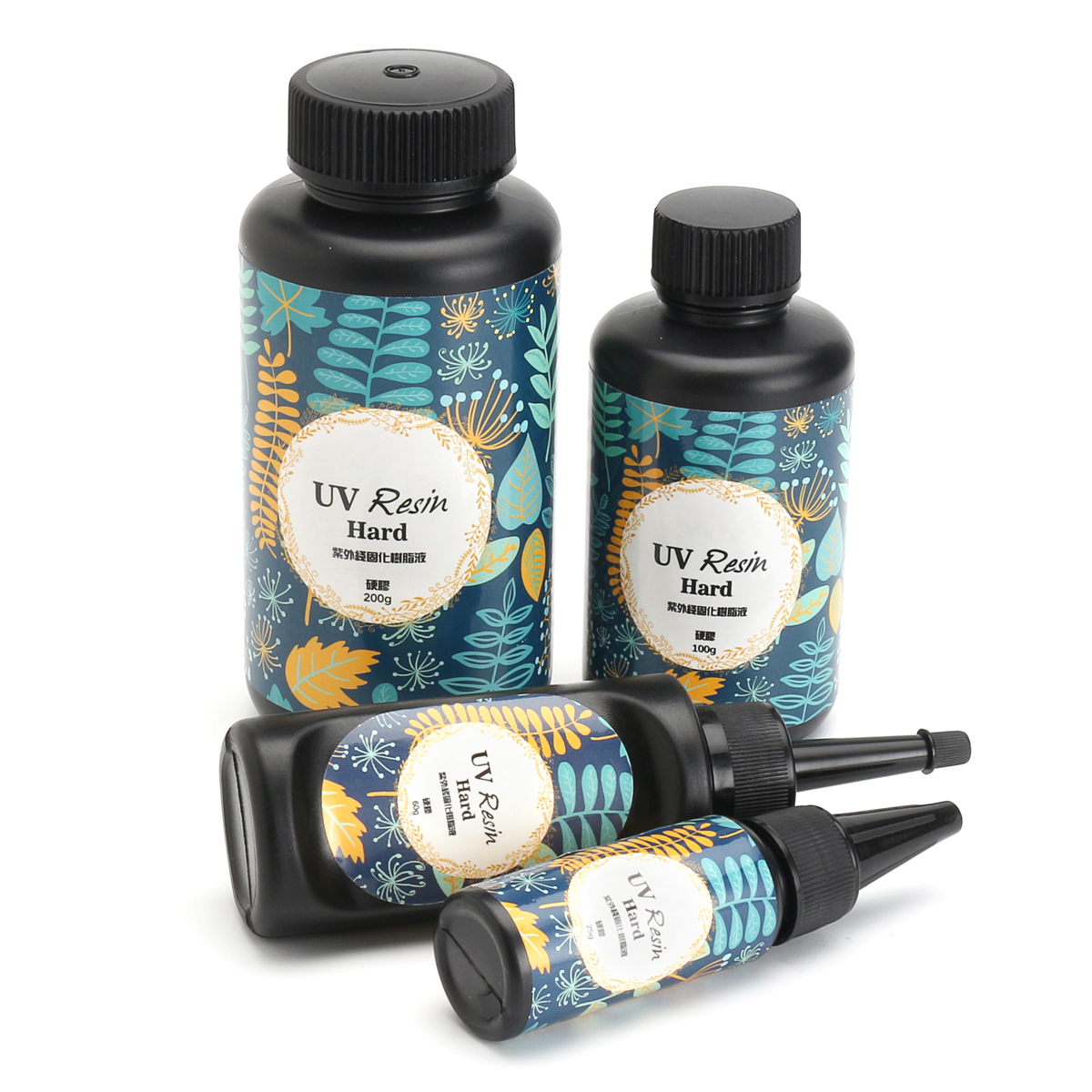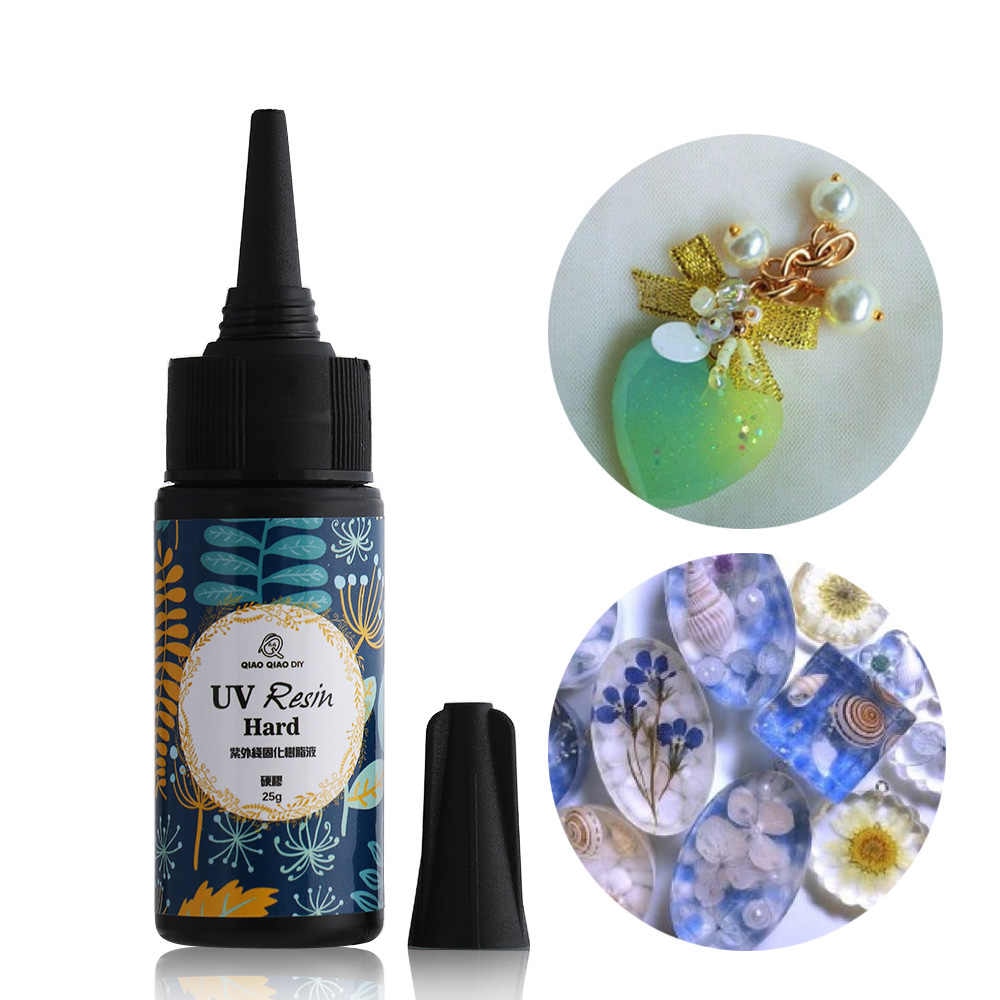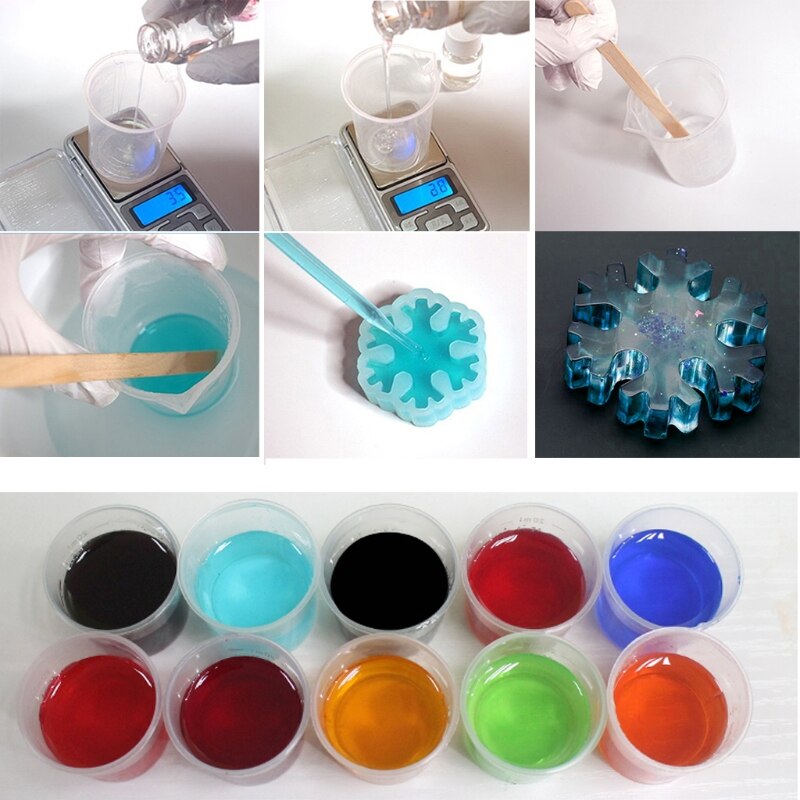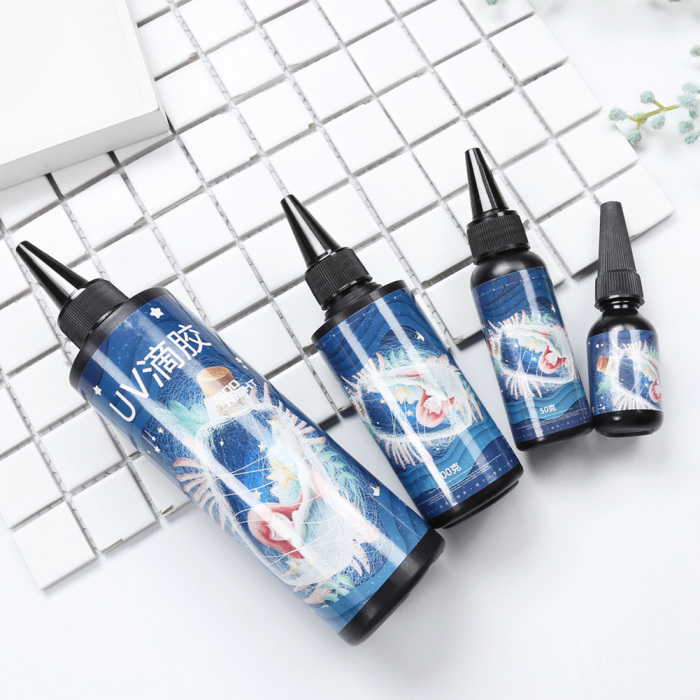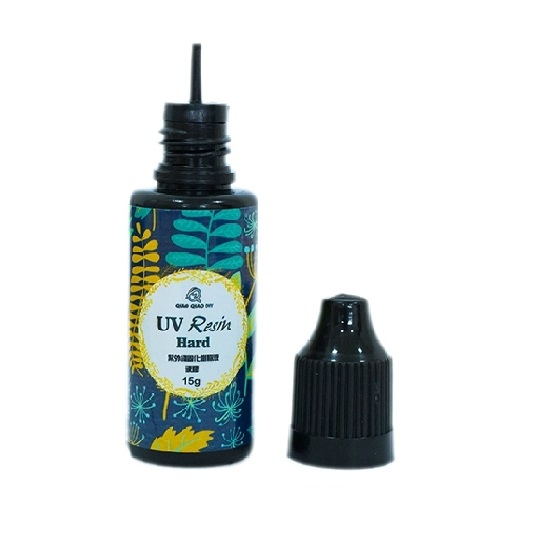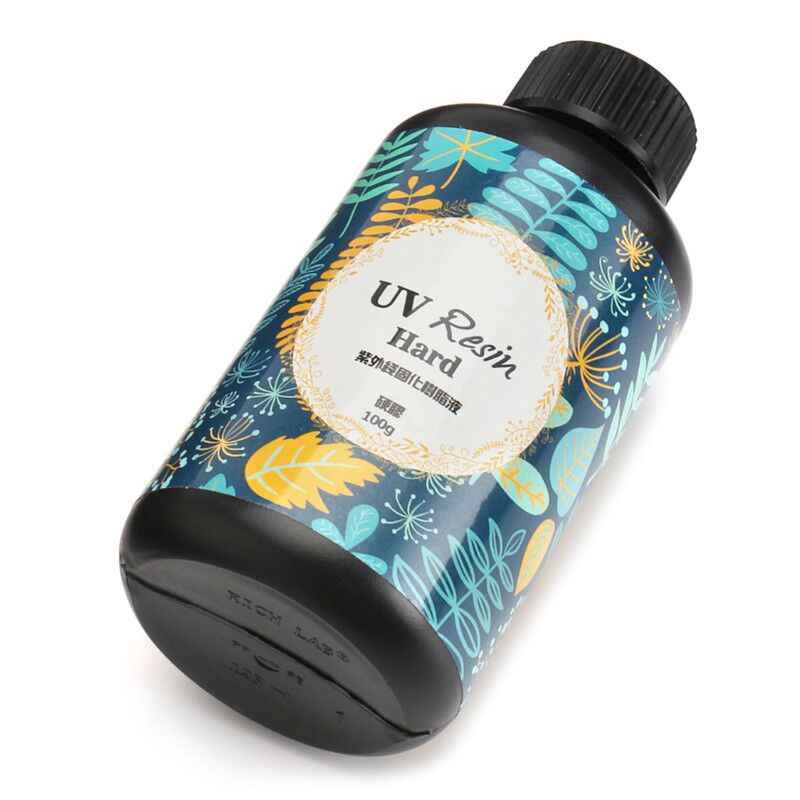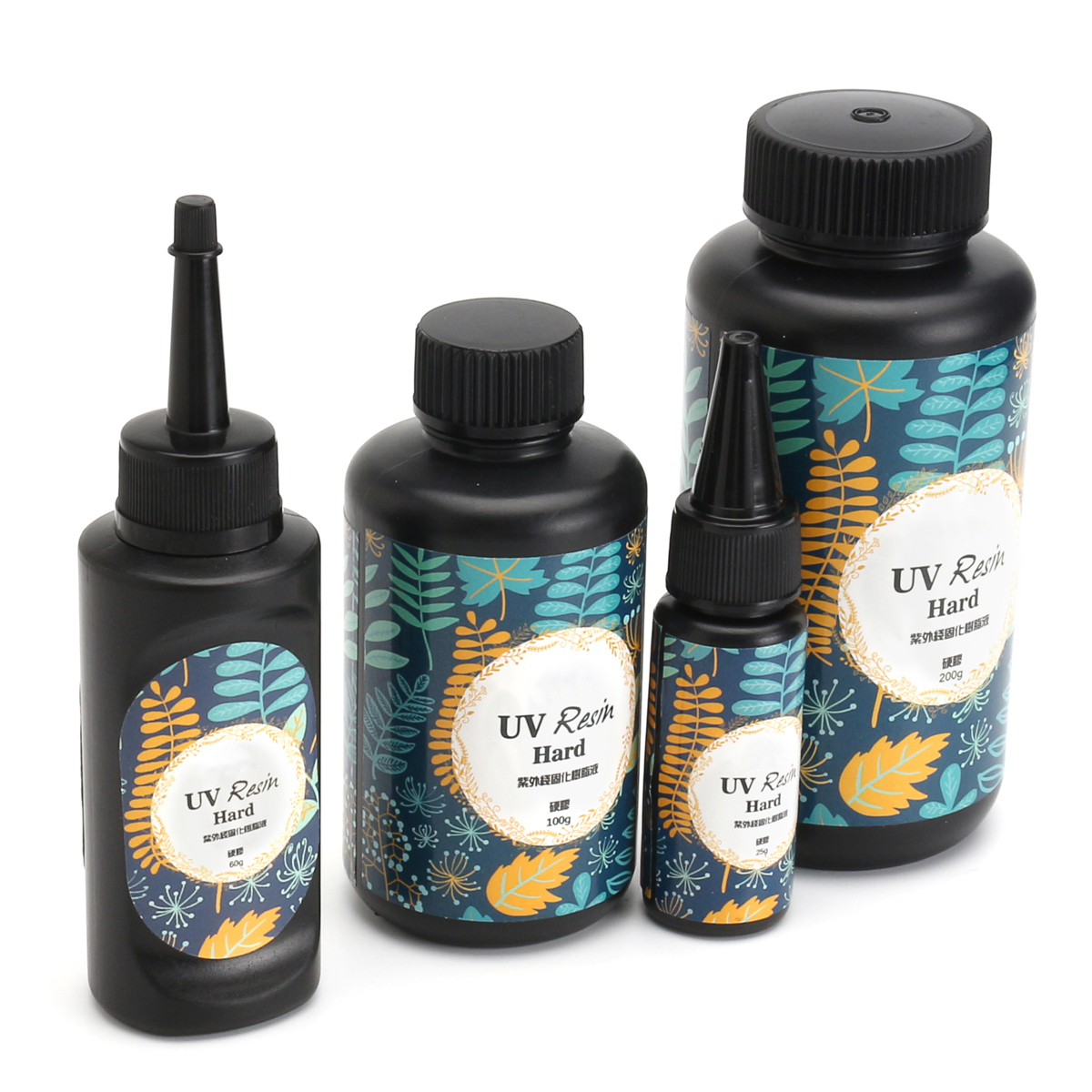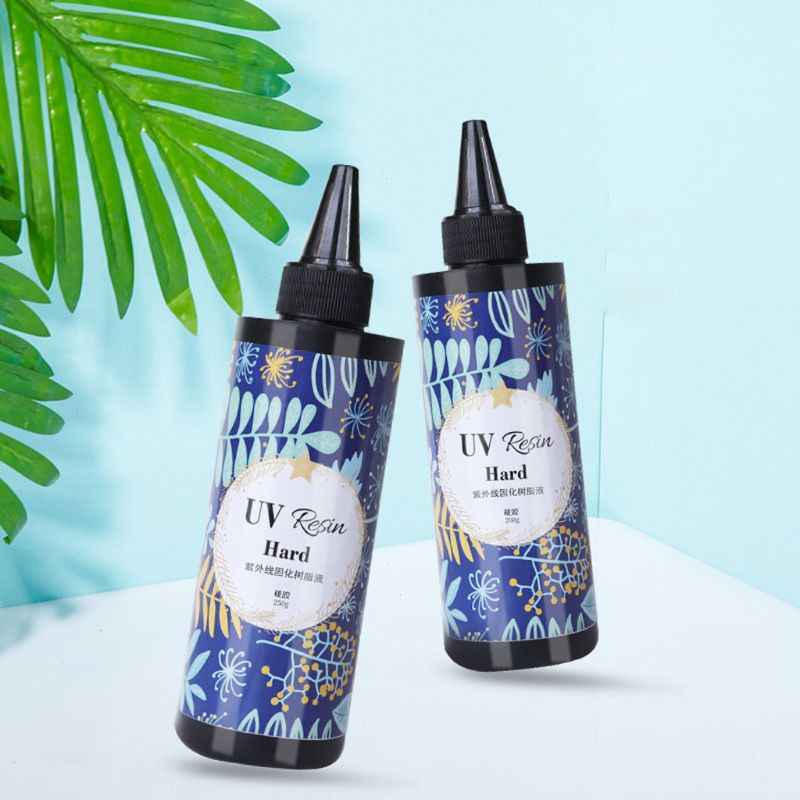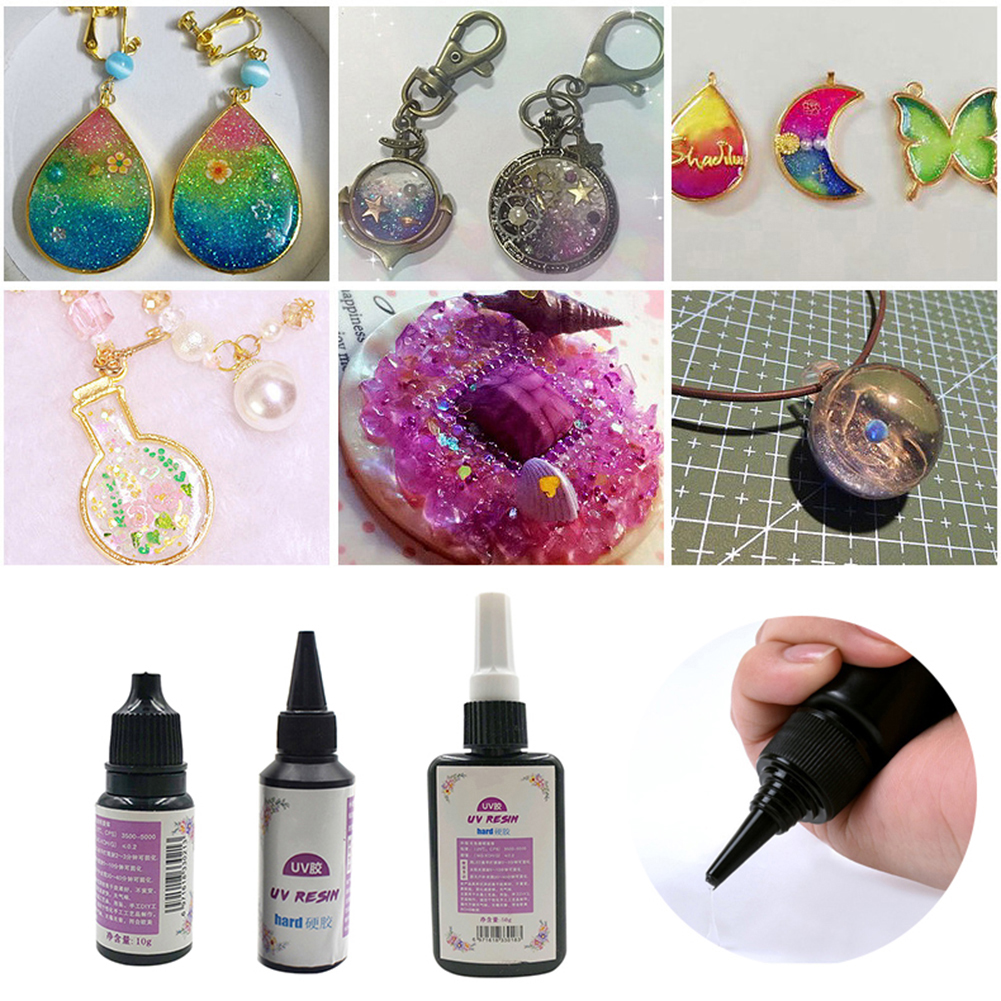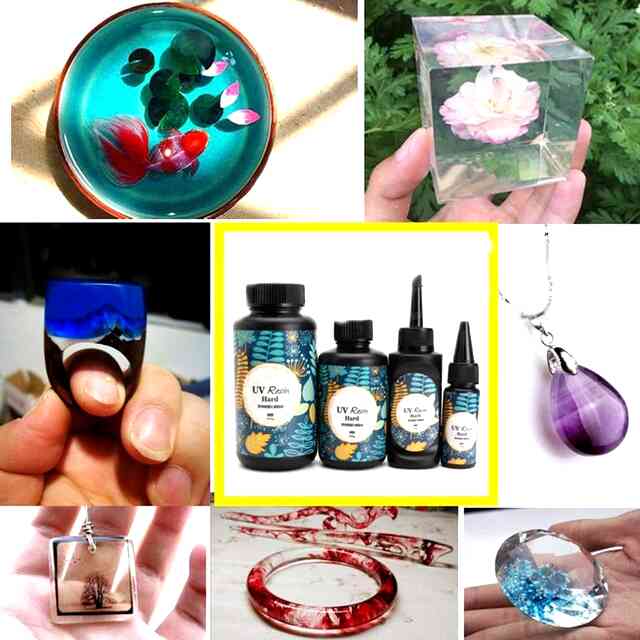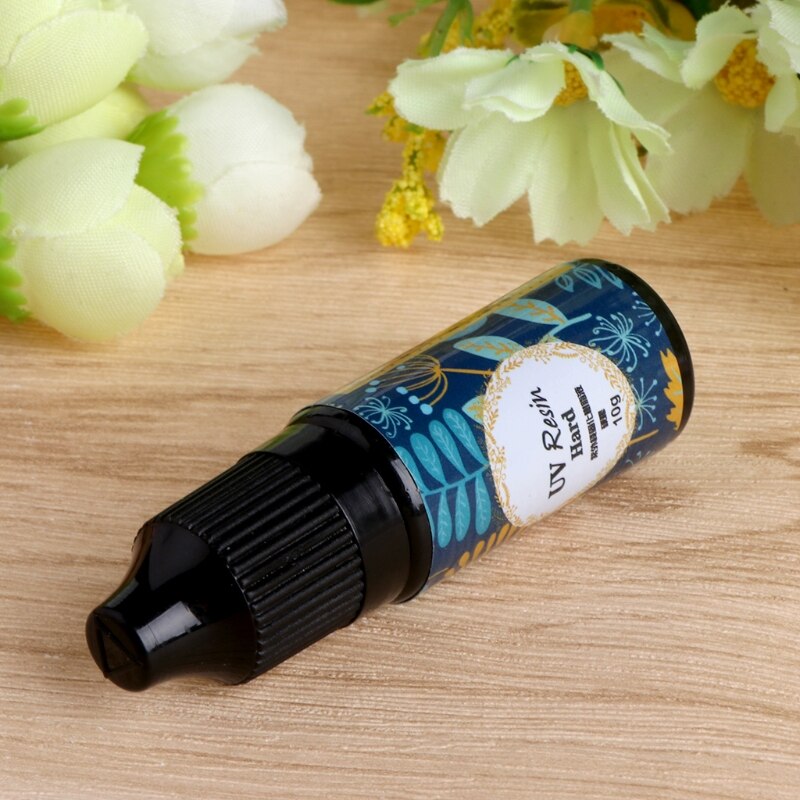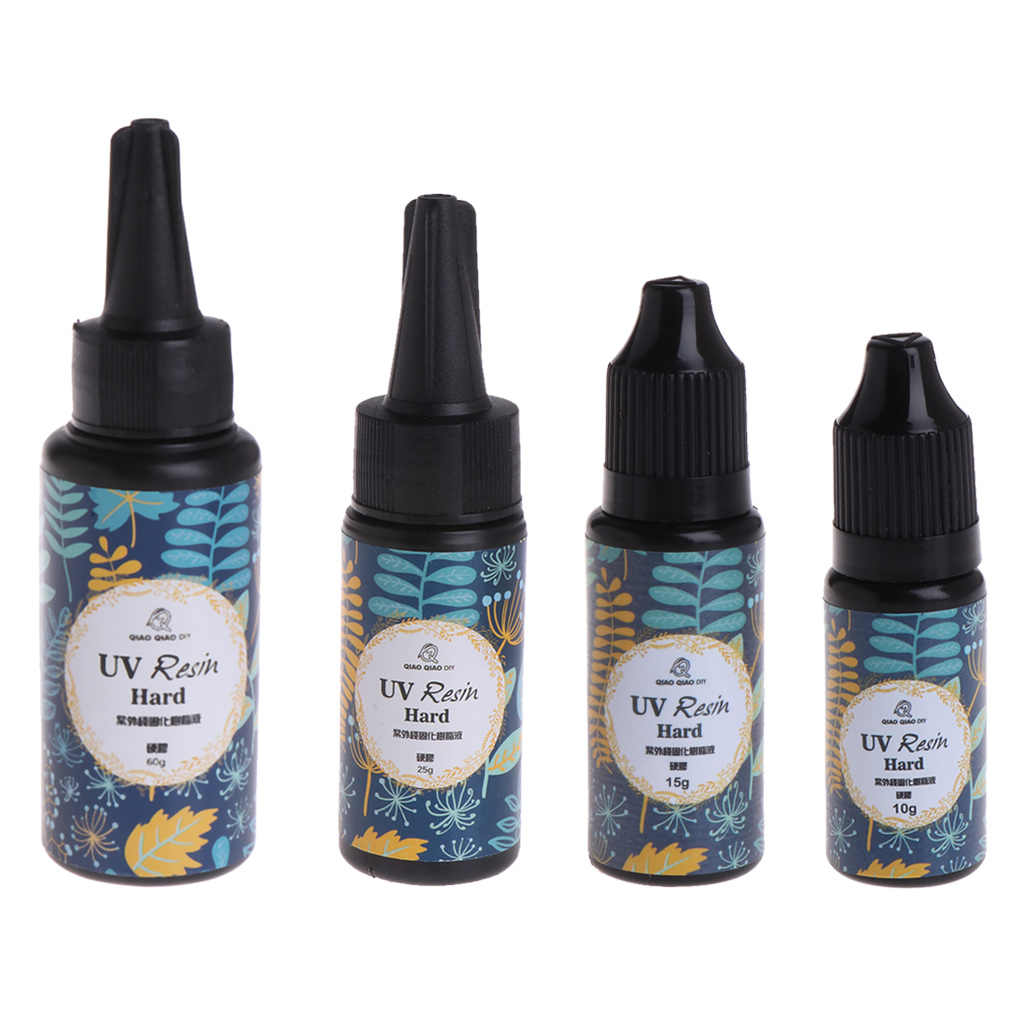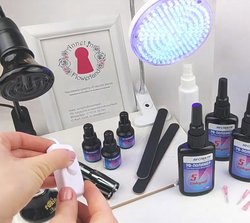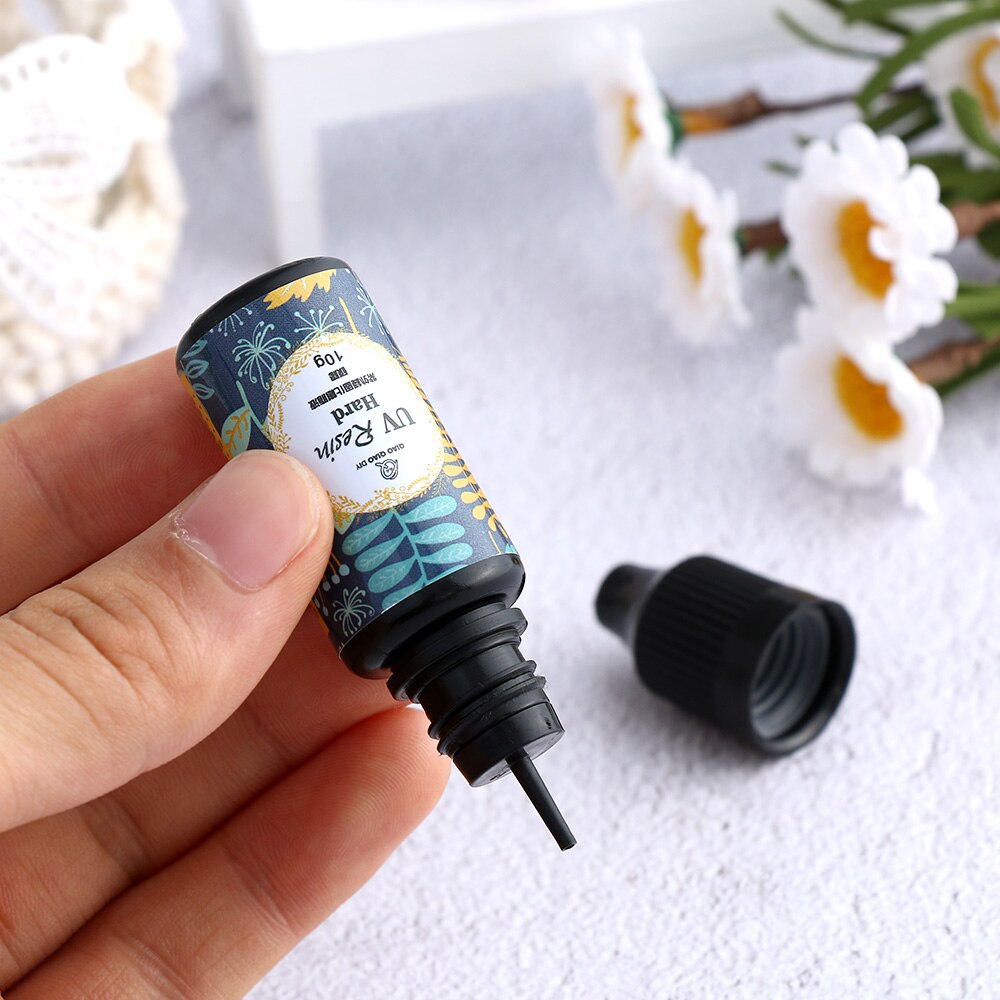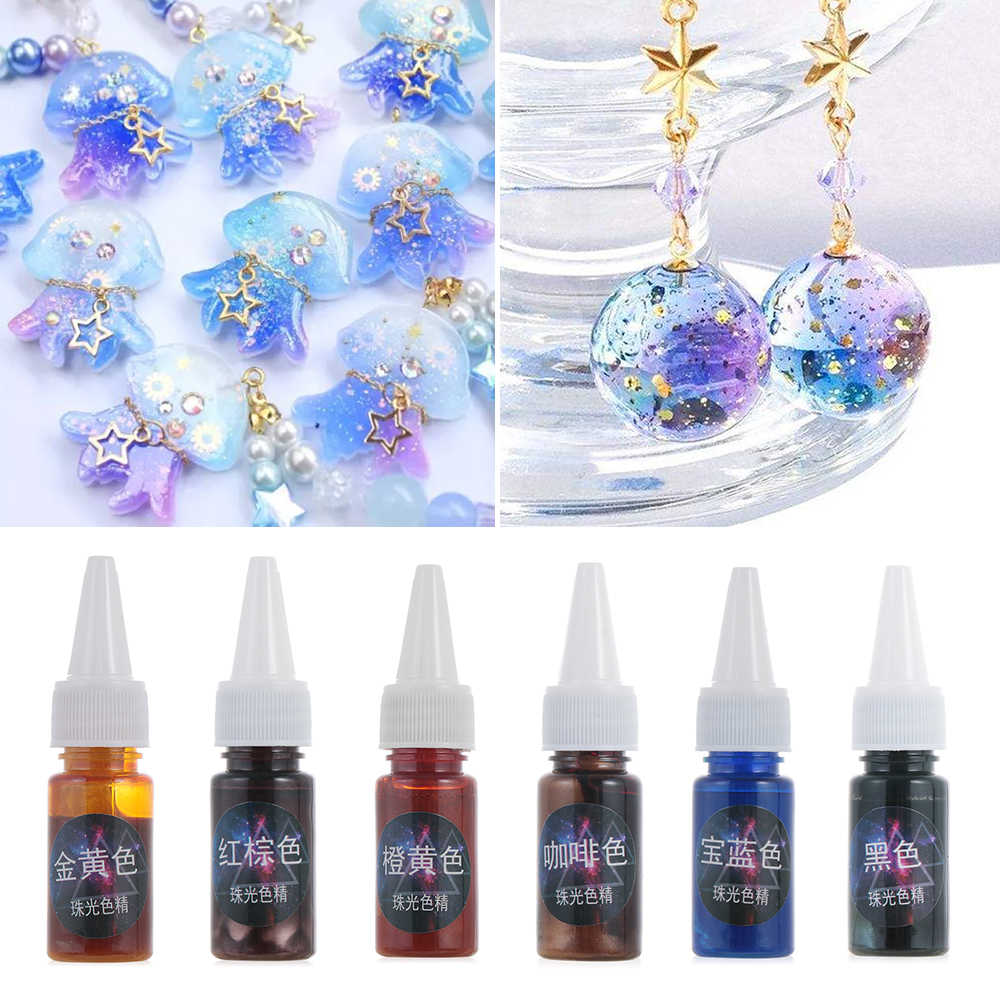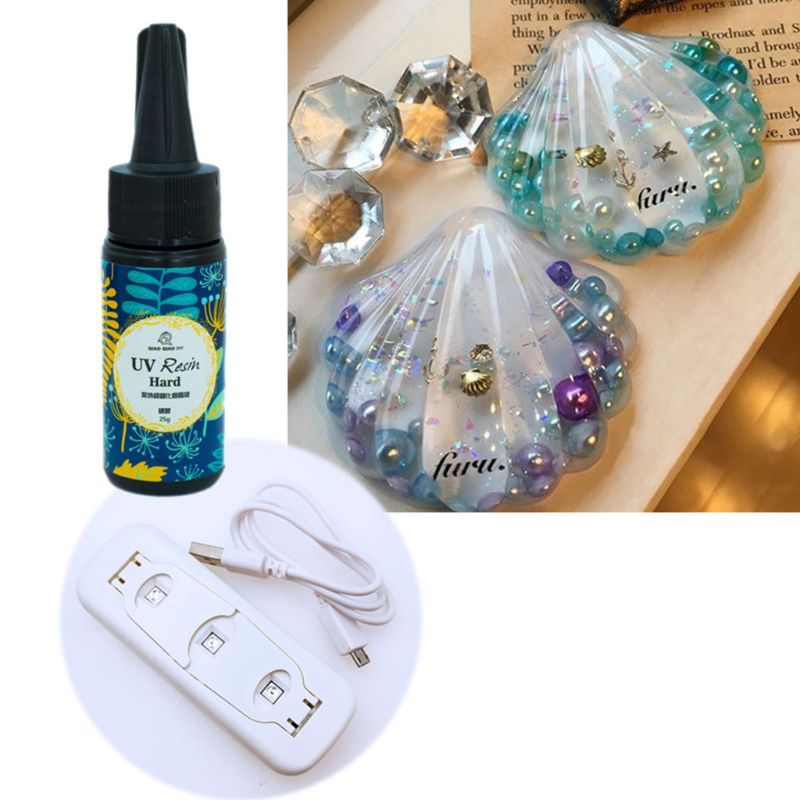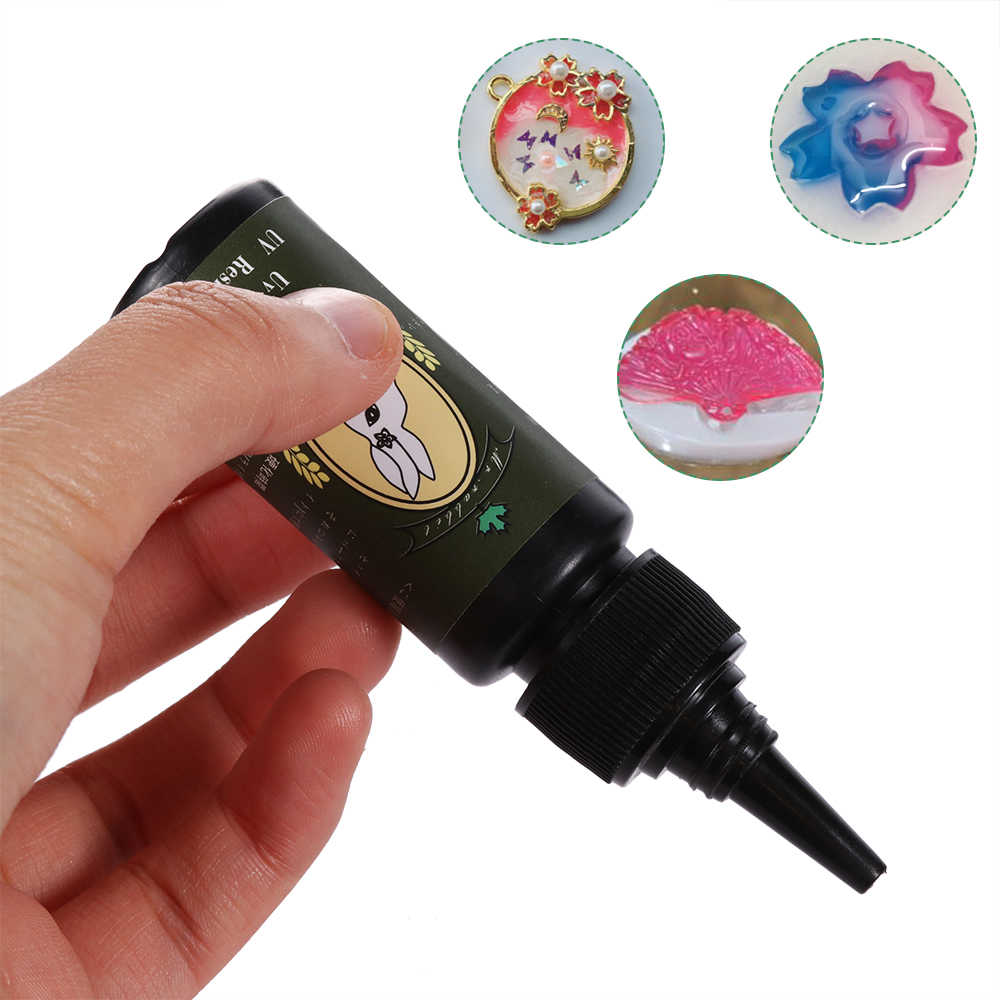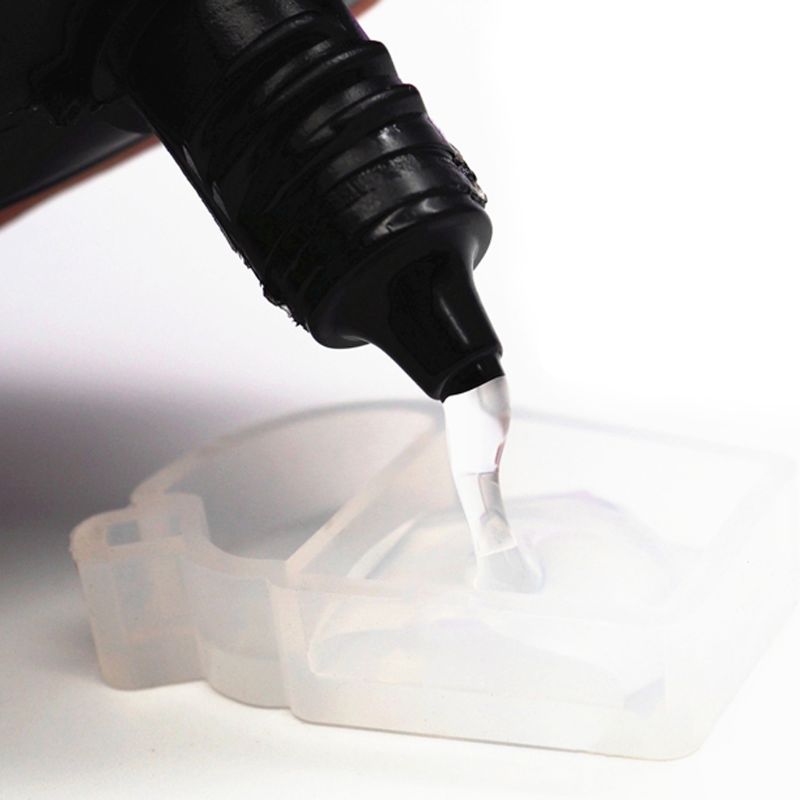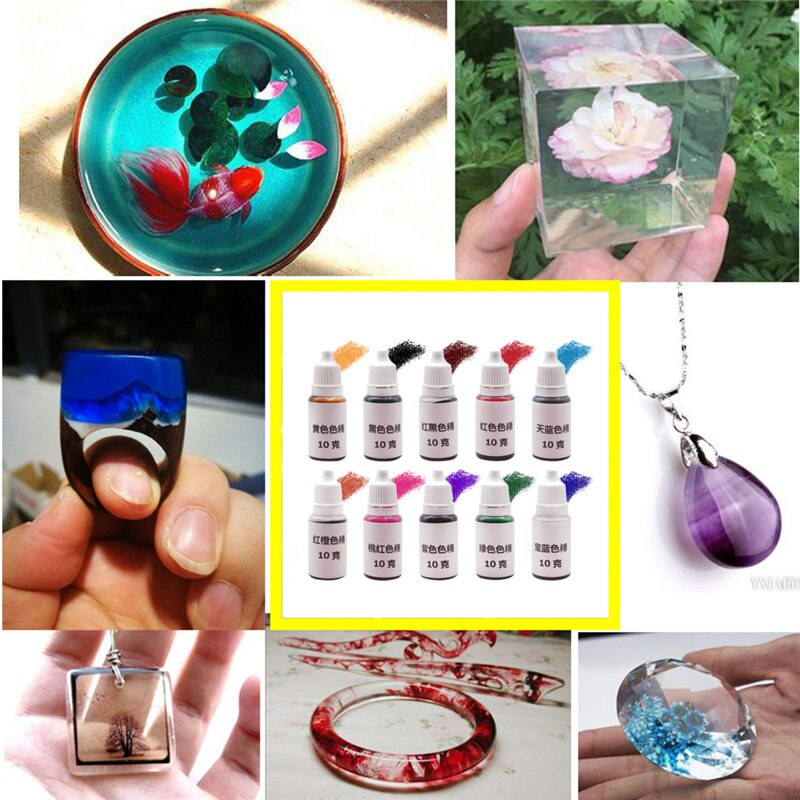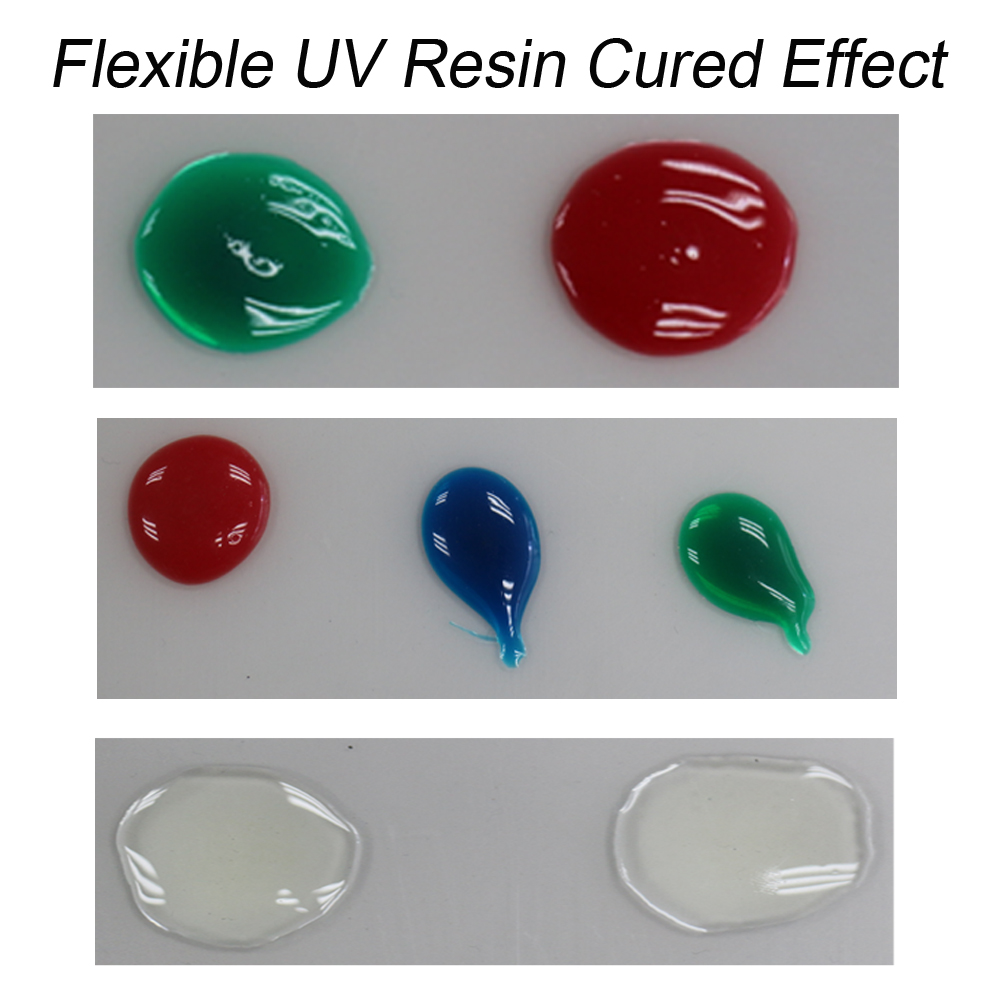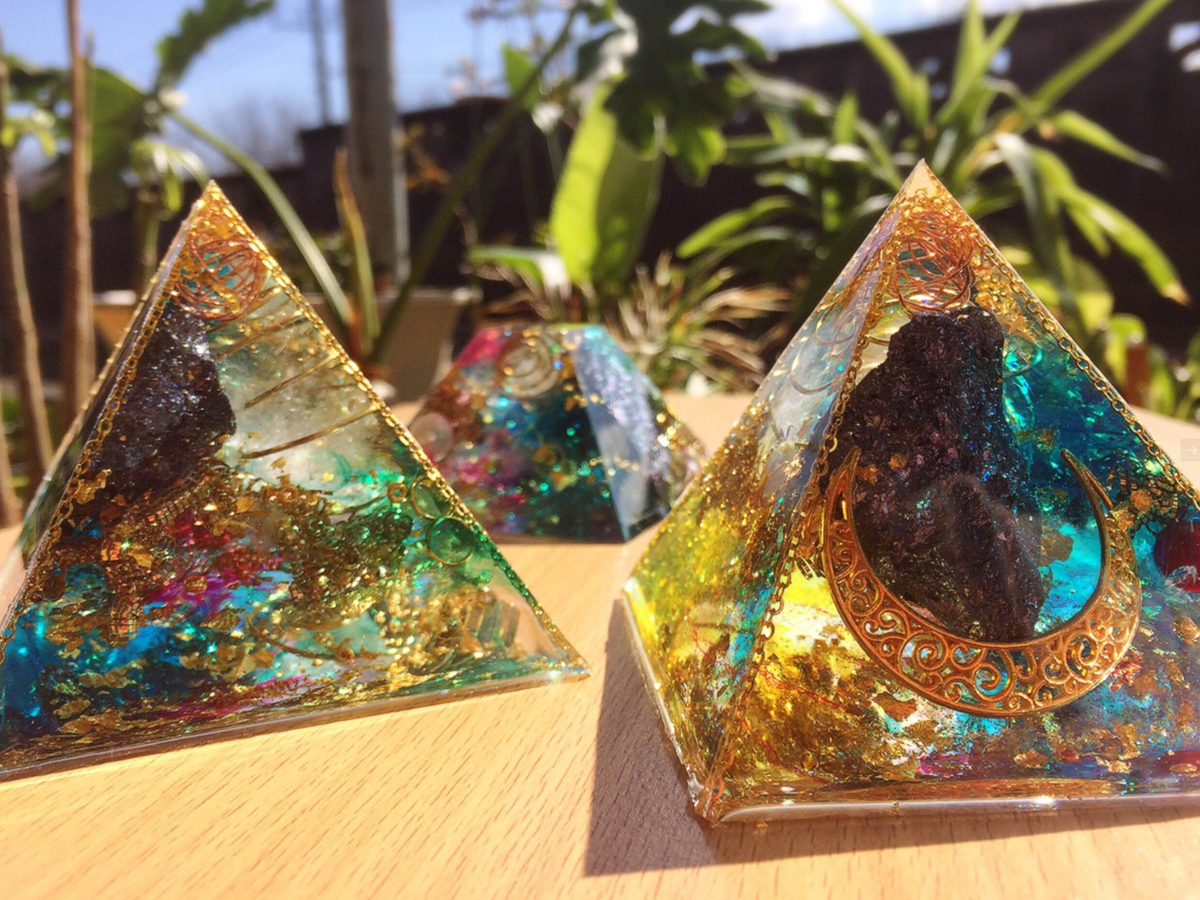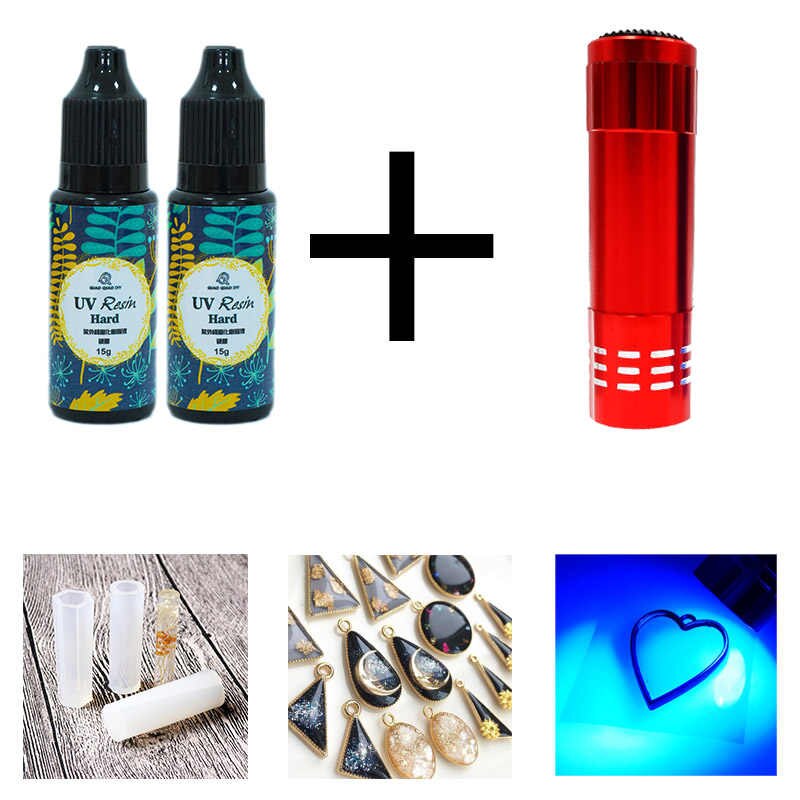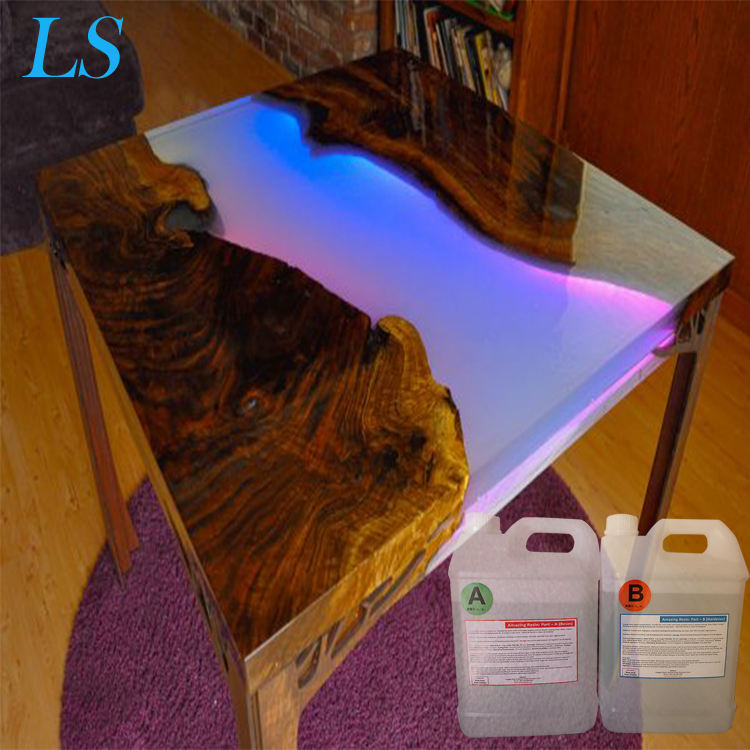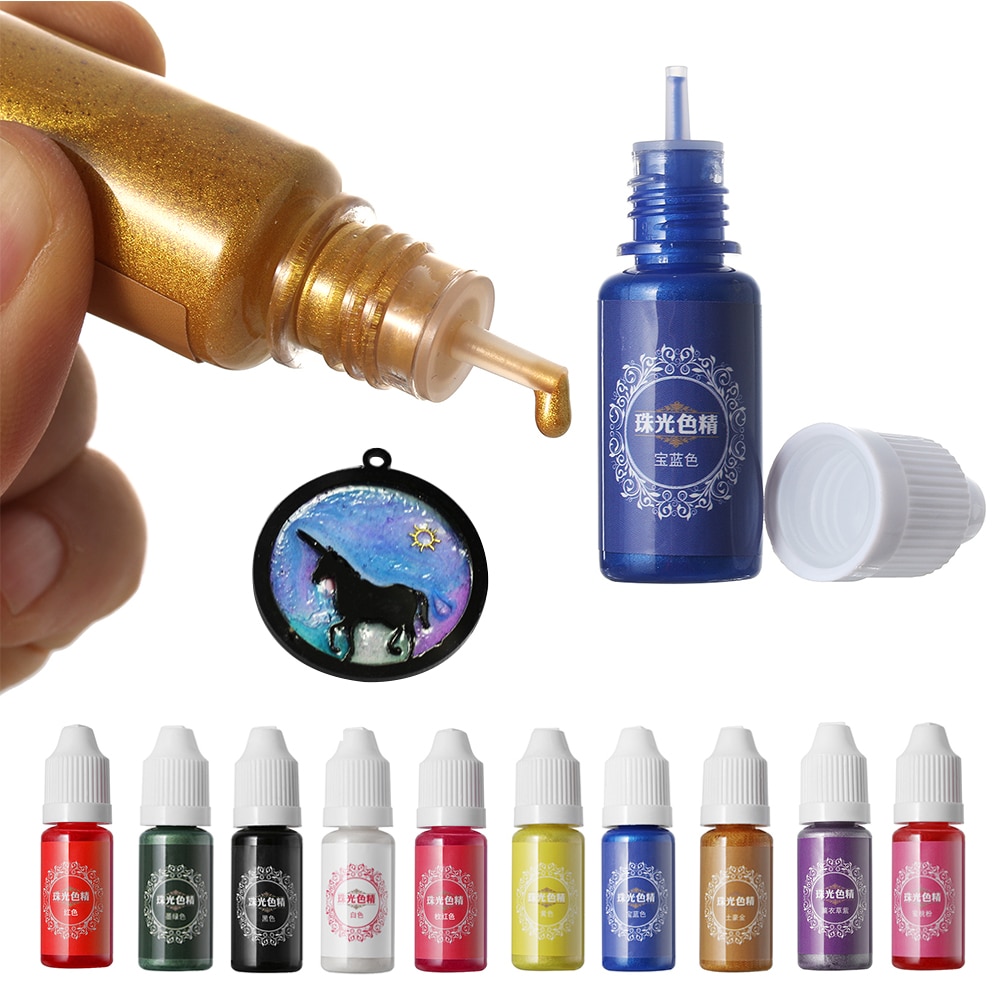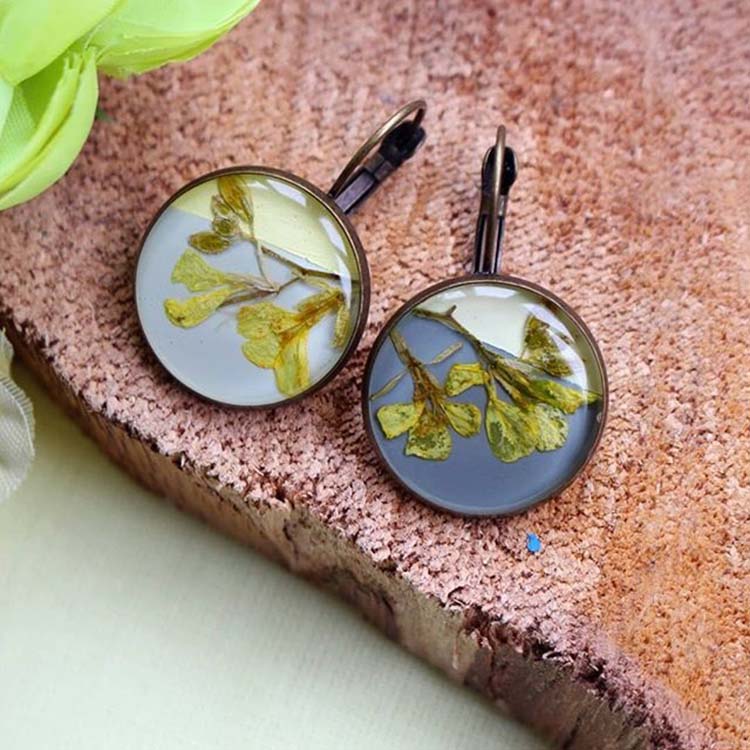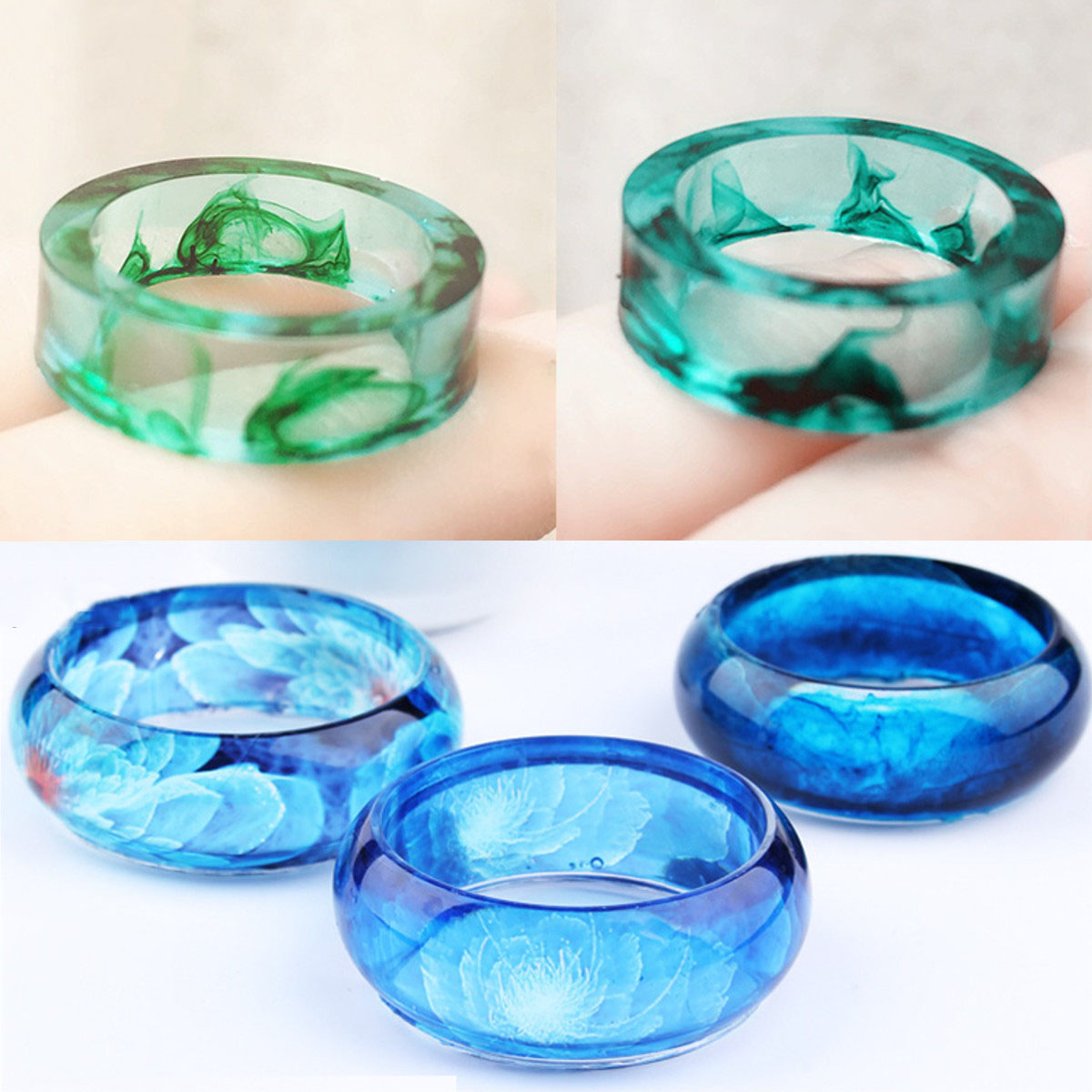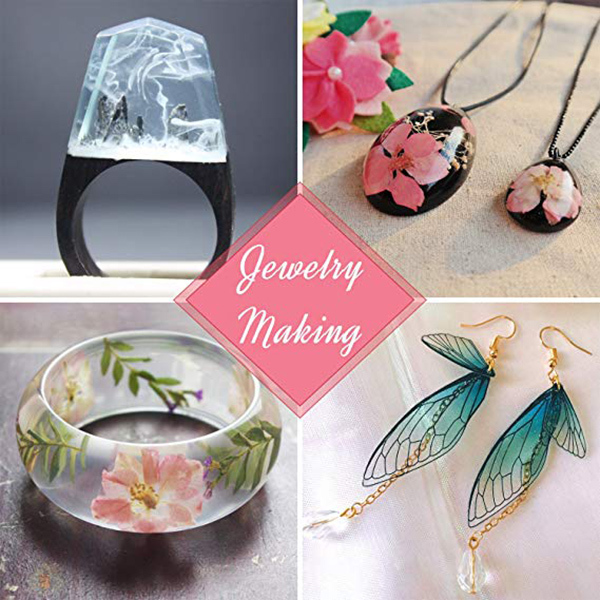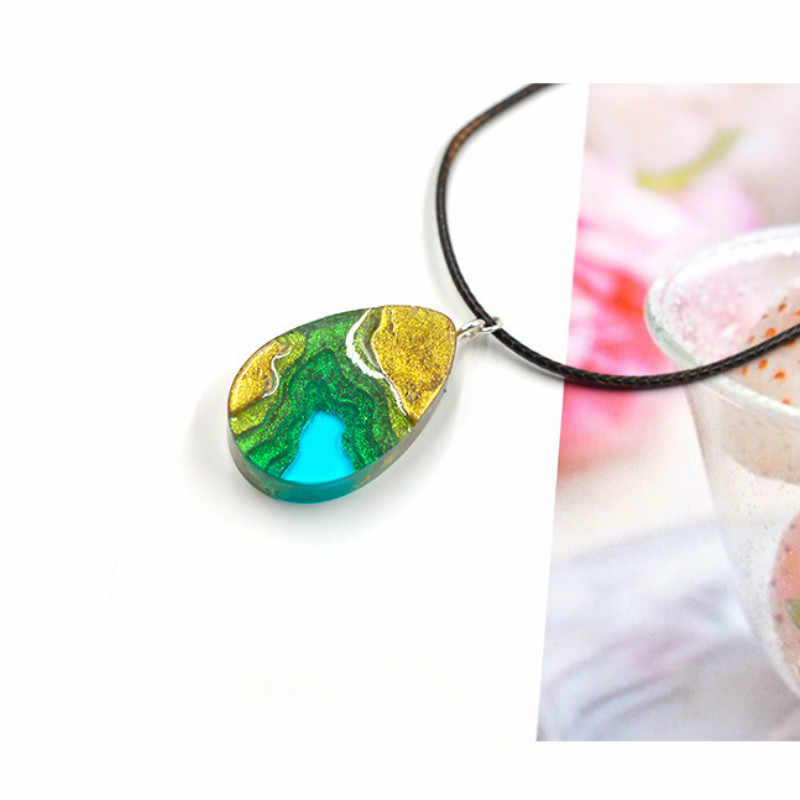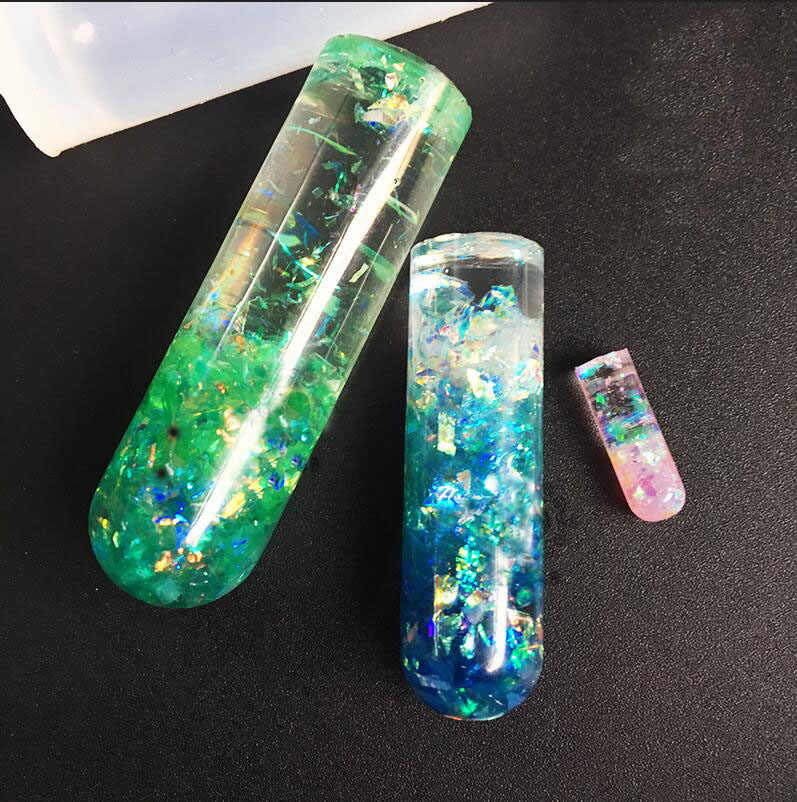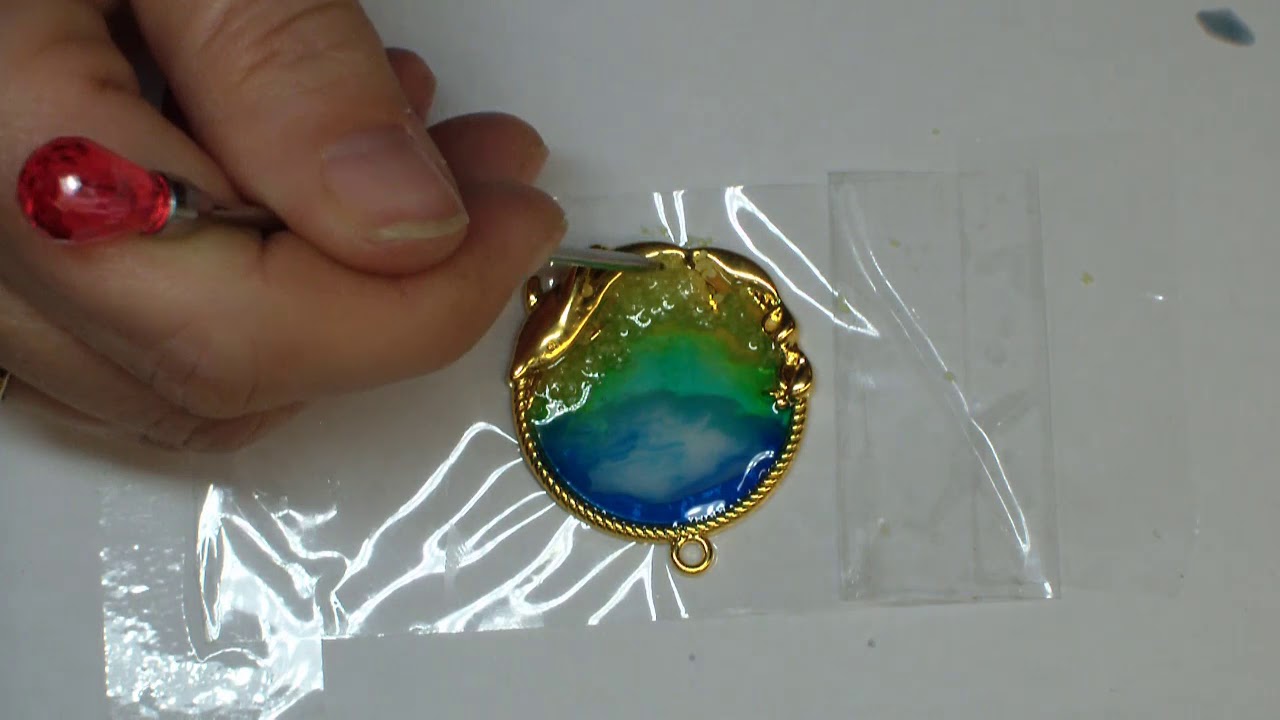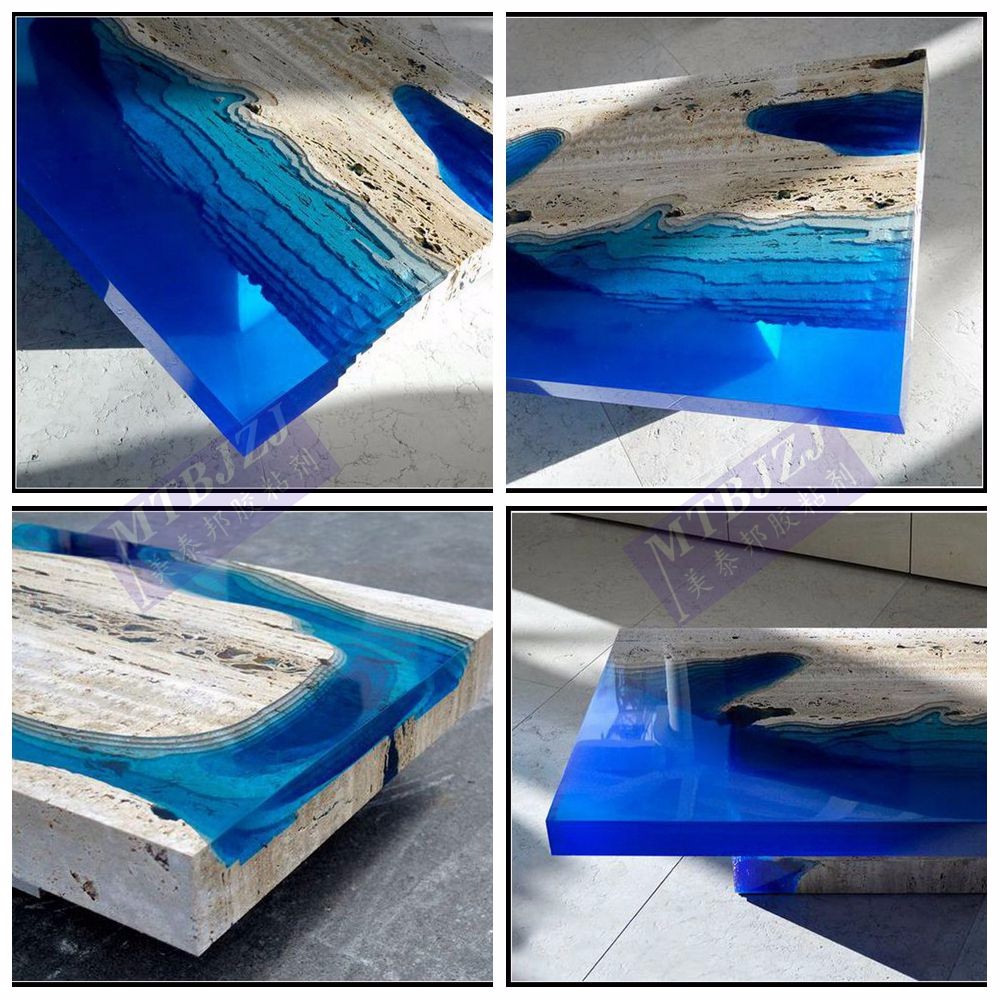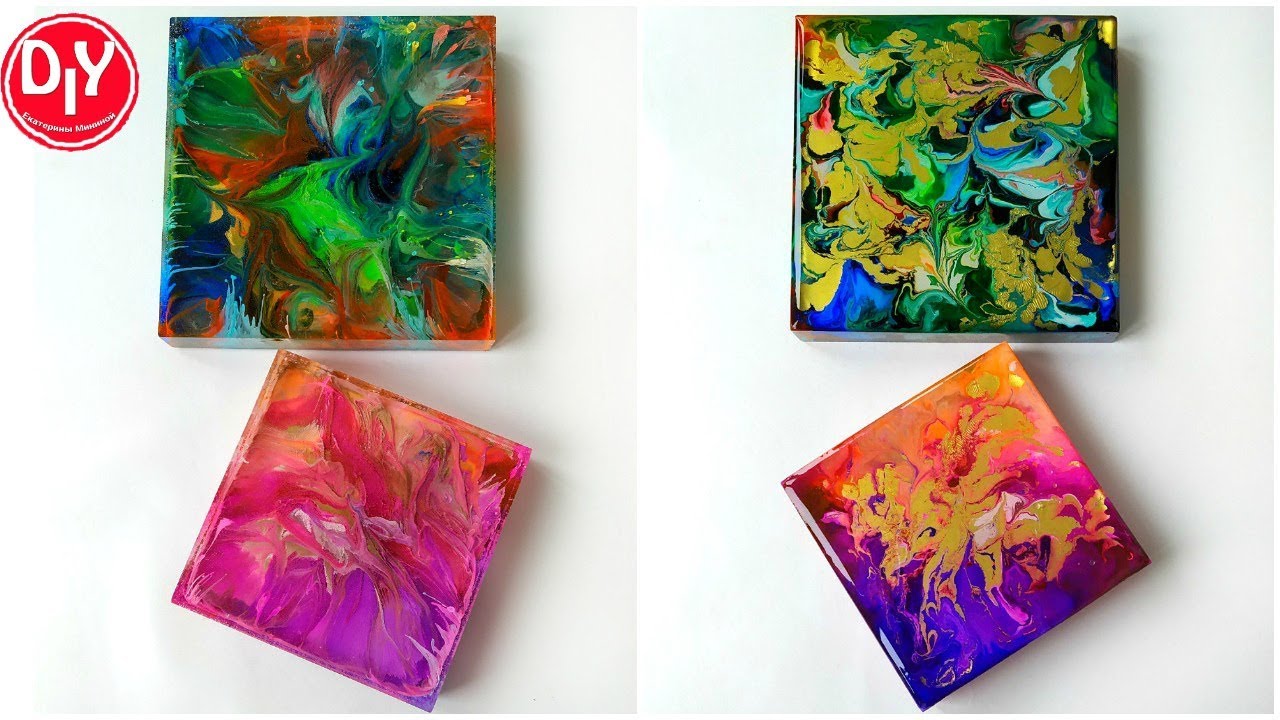Characteristics of polyester resin
- Mechanical properties. In this parameter, polyester resins are significantly inferior to epoxies. Therefore, mechanical stress and deformation often lead to cracks and delamination in products.
- Adhesive properties. Polyesters have poor adhesion, so they do not work well as an adhesive.
- Shrinkage. Polyester can shrink in volume up to 7-10%. However, the shrinkage process may take time and delamination will not be immediately apparent.
- Water resistance. After curing, the surface has poor waterproofing properties and is permeable to water.
- Shelf life. Polyester has a short shelf life: on average 6 months - 1 year.
- Polymerization. The curing rate of polyesters is significantly faster than epoxies, and usually takes several hours. The drying process can be accelerated using the MEKP catalyst.
- Smell. During curing, the polymer components give off a strong odor.
- Boiling. Polyester polymers are not prone to boiling.
- Durability. Polyesters form a durable coating, but are prone to microcracking, less resistant to impact, less durable than epoxy coatings.
- UV resistant. Polyester surfaces are UV resistant and do not need a topcoat to prevent yellowing or deterioration from sunlight.
- The complexity of the application. The material is quite simple to use and does not require special knowledge and experience.
- Spheres of application. Polyesters are used in cases where low cost and ease of use are more important than strength and durability. For example, in landscape design, plumbing, auto tuning, etc.
- Price. Polyester resin is 2-3 times cheaper than epoxy.
- Environmental friendliness and safety. Polyesters contain carcinogenic styrene, which gives off a strong unpleasant odor. The resin components are flammable liquids, catalysts are flammable and explosive. But there are resins on the market without styrene and with its reduced content.
Peculiarities
UV resin is a colorless gel that hardens under the influence of ultraviolet radiation. It contains only one component, so it does not need to be mixed with a catalyst. The resin can be painted with powder paints and with a paste. In this way, the desired color is obtained. It takes 1-10 minutes to cure, the curing speed depends on the density of the layer and the amount of pigment used. The material remains liquid before exposure to ultraviolet rays. UV resin resembles gel polish, they have an identical curing process. Follow the rules for creating a gel polish manicure when working with resin.
The main advantages of UV resin:
- fast solidification;
- the possibility of applying thin layers;
- transparency;
- high strength of the created coating.
Ultraviolet resin saves time, allowing multiple coats to be cast in minutes. The composition does not need to be diluted, it is completely ready for use, there is no probability of making a mistake with the proportions.
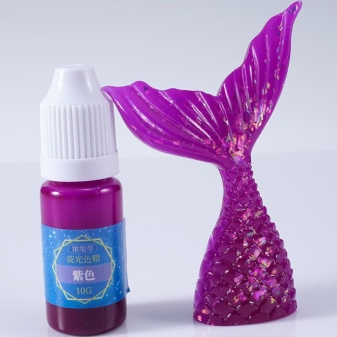
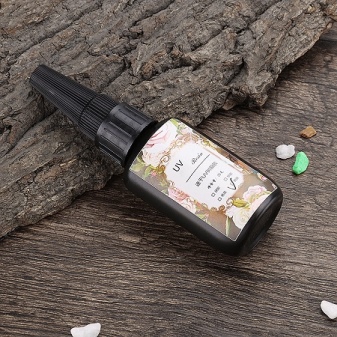
What harm does epoxy do
The toxicity of epoxy before it cures is a proven fact. The greatest danger posed by a resinous substance is severe skin lesions. Severe skin irritation, allergic manifestations occur when the liquid mass comes into direct contact with unprotected skin. Dermatitis is also accompanied by severe irritation of the membranes of the respiratory tract, damage to the mucous membranes.
Occupational diseases
Working with epoxy requires the presence of personal protective equipment. In their absence, as a result of long-term contact with the constituents of the liquid substance, workers note in themselves:
- severe, prolonged migraines;
- burning and pain in the eyes;
- decreased appetite and nausea;
- eczema and the appearance of itchy spots, rashes;
- swelling of the skin of the face, eyelids.
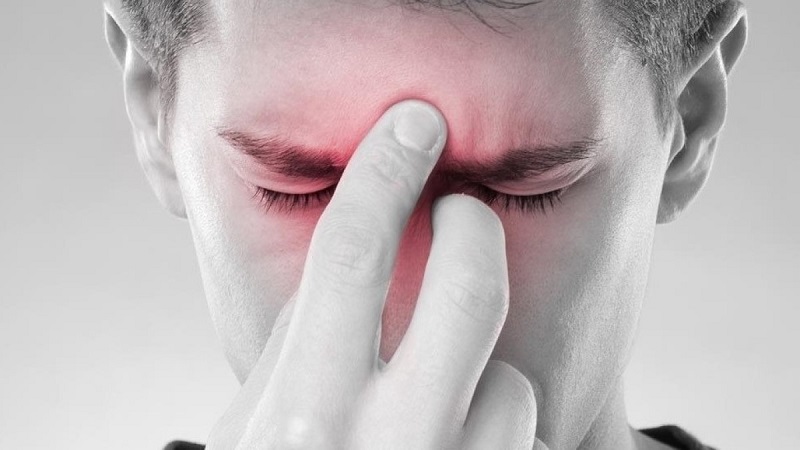 Resin can cause discomfort if violated safety rules
Resin can cause discomfort if violated safety rules
One third of all employees have rhinitis, pharyngitis, and lesions of the bronchopulmonary system of various levels. Cases of development of bronchial asthma, bronchitis and lesions of the pulmonary tract were noted. And in 2-3% of workers, physicians revealed the development of conjunctivitis and serious allergic manifestations.
Disorders of pigment, protein and carbohydrate metabolism are frequent results of long-term and close contact with epoxy. Epoxy is toxic until fully polymerized. The harm of this substance is manifested in the following:
- lesions and development of pathologies of the heart muscle (myocardium);
- liver and kidney disease;
- problems in the work of the digestive tract.
Episodic illnesses
It is necessary to immediately say when studying the question whether epoxy is harmful to a person after hardening, that any allergic manifestations in this case occur extremely rarely. The coincidence of very many and different factors is necessary for the development of allergies from contact and contact with cured epoxy.
But in the presence of a predisposition, extremely low immunity and ongoing chronic diseases, even odorless resin can be harmful. In this case, the following manifestations are noted:
- dizziness;
- headache, pain and itching in the eyes;
- hoarseness (rare);
- profuse rhinitis.
If such manifestations have been noted, and the person continues to be in close contact with epoxy resin, this condition worsens. And when exposed to toxic vapors (in contact with a liquid substance) for a long time, health is in danger of many troubles. Damage to the liver, myocardium, and the digestive system occurs. In severe cases, ulcers appear on the mucous membrane of the gastrointestinal tract.
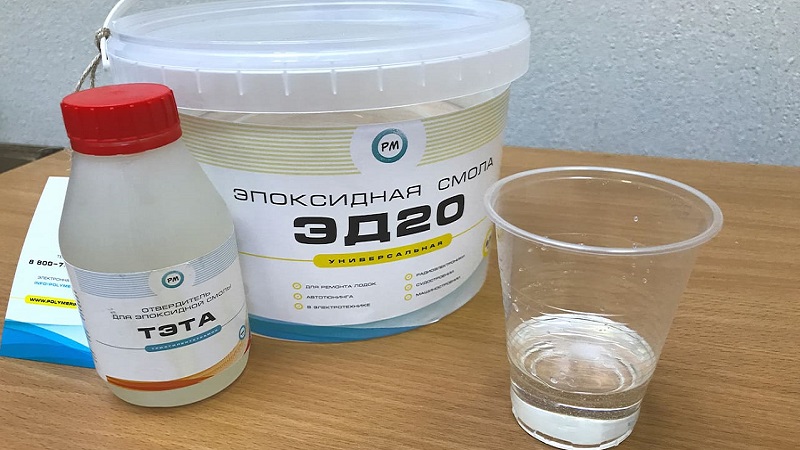 Resin can be harmful before it cures
Resin can be harmful before it cures
How to use
During use epoxy resin Artline it is worth remembering that this product is two-component. In other words, it comes in two separate bottles. The first contains the resin itself, and the second contains the hardener.
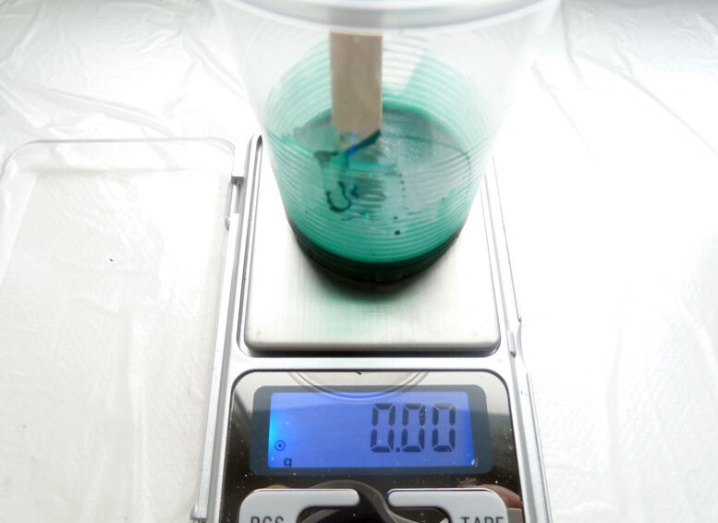
The required amount of resin is taken from the bottle, then calculations are made and a certain amount of hardener is added. The label always states in what proportion you need to knead. You always need to follow the standards specified by the manufacturer, otherwise you can completely render the mixture unusable, and its further use will be impossible.
After studying the proportion and determining the optimal value, you can proceed to the kneading process. This should be done clockwise and counterclockwise, alternating directions. This is necessary in order to achieve maximum uniformity. Stir for at least 3 minutes, otherwise the molecules will float separately, which will not lead to solidification, or the mixture will turn into a gel.
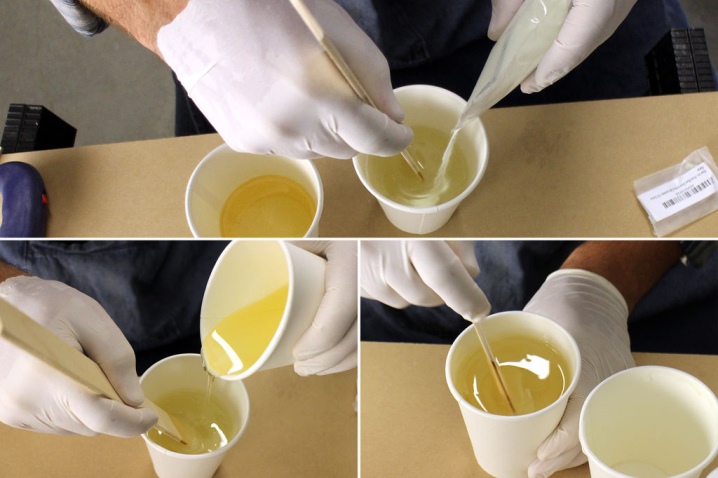
The curing process can vary depending on the temperature of the catalysis. You can understand that everything is ready by its appearance: the hardened resin is quite similar to hard plastic. Even after complete hardening, it is worth waiting for several days, since the resin has not yet hardened and is not able to cope with mechanical stress.
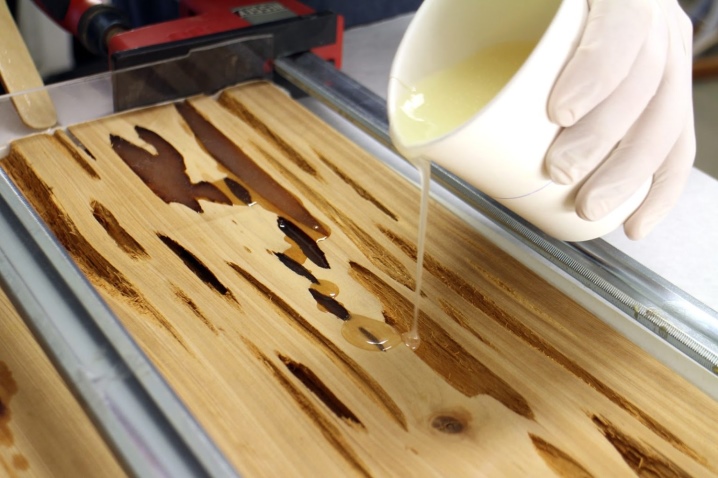
An illustrative use of Artline epoxy resin on the example of creating a serving board from wood is presented in the following video.
Please tell us how the Epoxicon-400 bleach works. Does it make the white parts whiter or increase the transparency of the resin?
Concentrate
dyes EPOXICON-400 (110A) is added
in optical (jewelry) epoxy resins for
improving aesthetic perception. He uses
property of the human eye. When we
we say "crystal clear" we mean
necessarily with blueness. As before to improve the appearance when
washing clothes
or whitewashing of ceilings was used
bluish, so now, for the same purposes,
bleach (turn blue) jewelry resins
Especially
this is important when making "thick"
products with a thickness of more than 3-5 cm. Many foreign
compositions of Crystal resin, ICE resin, Luxe resin, Table Top
Crystal Clear EE-116, etc.
use this technique. V
unlike them we provide
choice: can be purchased standard bleached
compound (PEO-510KEF-20/0), compound without
whitening effect (PEO-510KE-20/0) or
create a compound with the selected
whitening concentration to your liking
additives, i.e. use a pair of PEO-510KE-20/0
plus EPOXICON-400 (110A). In the same way you can
compose the other six marks
jewelry compounds PEO: PEO-10KF-20/0, PEO-610KEF-20/0,
PEO-10KEF-20/0, PEO-210KEF-20/0, PEO-310KEF-20/0
and PEO-710KEF-20/0.
How to use?
The consistency of the UV resin resembles a thick gel. If there is a need to obtain a more liquid substance, it is heated with a hair dryer. The resin pack can also be microwaved for a few seconds or placed on a battery.
Before using the composition, you need to prepare all the necessary equipment and consumables: an ultraviolet lamp, paints, decorative elements.
At the first stage, the surface is cleaned with alcohol, degreasing it and removing dust.
A small amount of dye is mixed with a colorless resin. You can use a metal or plastic stick to mix.
After that, paint is added to obtain the desired color.
It is important not to overdo it with the amount of dye - this can negatively affect the hardening of the resin.
Much depends on the chosen design - in some cases, there is a need for temporary "edges" to contain the composition and prevent its spread beyond the boundaries of the product (you can use narrow tape).
The first resin layer is applied to the base (it should be thin) and wait for it to harden. Subsequent coats may also contain dye, but if multiple shades are used, each coat must be poured and dried separately.
It is necessary to work carefully and unhurriedly
Haste is fraught with the appearance of bubbles. Heating the resin surface to contact with ultraviolet light can cause bubbles to rise to the surface.
After fulfilling all the instructions, the product is placed under an ultraviolet lamp for a couple of minutes. If the colorant has already been added to the resin, the time interval must be increased.
It is important to remember that the darker the shade, the longer the substance needs to be irradiated with ultraviolet light.
New layers are added on top of the hardened ones until the required height and thickness is reached.
For what UV resin is and how to use it, see the next video.
I have a surplus of component A of transparent epoxy resin PEO-10KE-20/0 (component B was spilled). Is it possible to harden it with some other substance?
If
you have a surplus of component A,
then it is most correct to acquire the missing
the amount of "native" component B,
for example, in the Nestandart store (St. Petersburg). The same applies to
procurement of missing component A. Important
remark - component B for the whole line
jewelry resins PEO-10K-20/0, PEO-610KE-20/0, PEO-510KE-20/0,
PEO-10KE-20/0, PEO-210KE-20/0, PEO-310KE-20/0 and PEO-710KE-20/0
same. 4
Epoxy
froze, but the upper
part of the lens was covered with oil
film. I rubbed the lens with acetone, resulting in the lower part
smooth and transparent, and the top has become
rough. Why so
happens and how to avoid it in the future?
4. Epoxy
froze, but the upper
part of the lens was covered with oil
film. I rubbed the lens with acetone, resulting in the lower part
smooth and transparent, and the top has become
rough. Why so
happens and how to avoid it in the future?
Reasons
the appearance of an oil film may be
several: low temperature, high
humidity, wrong ratio
components and poor mixing. Sorry, you don't write
what kind of hardener were used. When used in
as a hardener TETA essential
have the first two factors. Even with
correct weights and careful
stirring curing at room
temperature with high
likely to be accompanied by
the appearance of an amine film. Prevent
its appearance can be increased by increasing the temperature
curing up to Т = 30 ºС and above.
Epoxy resins for
creativity PEO and Crystal resin are not so critical to
curing temperature. For them the most
a common reason for the formation of a film is not taking into account the fact that
density
components A and V different and therefore
ratio of components A: B differently
"By mass" and "by volume". Second most common
the error is due
common misconception that if you take
the hardener is more than the norm, then the curing
will happen faster. In fact, for
significant excess of hardener
will remain unresponsive between nodes
mesh, and on
the surface of the product will be observed
gradual "sweating" (film). By the way,
simultaneously
decrease in strength and chemical resistance
cured epoxy resin,
moisture absorption, on the contrary, will increase.
If
the film has appeared, then remove it from
the surface does not need acetone, but warm
water and a sponge or diluted ethyl alcohol.
5.
I am out of proportion
(6.6ml: 1.5ml) and PEO-510KE-20/0 glue is not completely frozen.
Can I pour a new one on top of this incompletely frozen layer with the correct
proportion?
If you made a mistake and poured
A= 6.6ml,
V= 1.5 ml, and the mixture has not yet been poured onto the product,
then add more hardener V= 0.5ml and again
stir. As a result, it will turn out A: B=6,6:(1,5+0,5)=6,6:2=3,3:1
and you can continue to work.
If the product has been poured, then decide whether to wash off the polymer layer or
leave him - you will have to yourself, given
many factors: appearance, degree of crosslinking
polymer, product "liability" and
etc. If
the product is custom-made, then I would not risk it,
making a second fill. Strong house
you can't build on a bad foundation. I remind you
just in case that the permissible error of the sample
components 5%.
1. What is the pot life of epoxy jewelry? When does the rubber-like phase occur, in which the epoxy is plastic and can be bent, molded?
Different brands
jewelry resins, these parameters are different.
Let's consider them on the example of three popular
brands: Crystal resin (PEBEO S.A., France), EpoxAcast 690 (Smooth-On,
Inc., USA) and PEO-610KE-20/0 (SPbGTI (TU), Russia).
Viability
is the period of time during which
epoxy composition after mixing
components are still in sufficient
liquid and usable
condition. For the above resins
viability at room
temperature is approximately 115, 195 and 250
min., respectively. This time is enough
so that air bubbles come out of the mass
naturally as from volumetric
coatings, as well as from small in volume
mold-cured castings. Next
stage - gelation - occupies the inflection area
curves. At its final stage, a gel-like
the consistency becomes elastic ("rubbery"),
her
an external sign may be a dent,
which remains on the surface of the casting
when you press. If refilling is required
epoxy, it is recommended
to produce during this period, because
chemical processes have not yet ended and in
the result of co-curing
the interface will be invisible. In the "rubber"
epoxy phase
the composition is still plastic and at this time its
can be modified to give the desired shape. Obviously,
jewelry resins Crystal resin, EpoxAcast 690, PEO-610KE-20/0
compared to short-lived
formulations of the CHS-Epoxy 520 / 921ОП type, having 3-4
times less vitality, have advantages in terms of lightness
removal of air bubbles, as well as
refill and geometric correction
product shape.
How do your compounds relate to freezing during transportation? I have the very case when you can buy PEO anywhere except Moscow ... and it's not May in the yard
For 8 years as a jeweler
PEO epoxy compounds were
offered to members of the crystalresin community in
Learn as an alternative to foreign
materials Crystal resin, Luxe resin, Ice resin, and then
jewelry was launched on the market, there was no
one case with a claim to their frost resistance. I quote "St. Petersburg epoxy rode
week: in St. Petersburg it was -20, we have in Novosibirsk
-32 during the day, -40 at night ... no changes at all. "
Geography of jewelry supplies
PEO resins and accessories for them in Russia is extensive:
Barnaul, Yekaterinburg, Irkutsk, Kazan,
Krasnoyarsk, Perm, Tomsk and many others
cities. In Moscow, I recommend an excellent
Jubiju shop.
Characteristics of epoxy resin
- Mechanical properties. The tensile strength of epoxies is 20-30% higher than that of polyesters. The ability to withstand stress and deformation without damage is much stronger. The flexural strength and resistance to stress are extremely high.
- Adhesive properties. When cured, the epoxy acts as a powerful adhesive with high adhesion.
- Shrinkage. Epoxies exhibit slight shrinkage when cured.
- Water resistance. Cured epoxy resins are water resistant.
- Shelf life. If stored properly, the resin will not lose its properties for several years.
- Polymerization. Curing of epoxy is influenced only by the curing agent and temperature. On average, at room temperature 22-25 ° C, the resin hardens in 24 hours. It is not worth adding more hardener to speed up the cure, the liquid may not harden at all. You can shorten the drying time by increasing the room temperature. When the temperature is increased by 10 degrees, the polymerization rate doubles. But do not set the temperature above 40 degrees.
- Smell. The resin does not emit a pronounced odor when cured.
- Boiling. Epoxy can boil and become unusable if heated too much.
- Durability. Cured epoxy resins resist wear, cracking, flaking, corrosion, micro cracking and mold.
- UV resistant. The polymer itself is not UV resistant. Although some brands contain additives that increase UV resistance. However, the best way to protect the surface from yellowing and deterioration is to apply a UV-resistant polyurethane varnish.
- The complexity of the application. Working with epoxy requires application experience and certain skills, since viscosity is lost during curing and it becomes difficult to work with the material on vertical and inclined surfaces.
- Spheres of application. Epoxies are used for the production of products with increased wear resistance, waterproofing, adhesion strength. For example, in the rocket and aircraft industry, shipbuilding, the production of racing cars, etc.
- Price. Epoxy is much more expensive than polyester.
- Environmental friendliness and safety. Epoxies do not contain carcinogenic components, volatile organic compounds, and are not flammable. The resin components are safe and easy to transport and store.
Can I pour jewelry resin over a pastel (watercolor) drawing?
At first
for pastel drawing. Yes, you can. But
keep in mind that pastel crayons are made up of small free-flowing particles that
can be mixed with resin. If you are pouring large volumes, distribute
resin over the surface using inclined manipulations (like dough on a pancake
skillet).This will reduce the mixing of the particles with the resin. Moreover, not
forget to run a little test on a piece of pastel paper to make sure
that it does not absorb resin.
Regarding the watercolor painting, such a fill
is also possible, but only after the image has completely dried and if the picture
created on special watercolor paper. Such paper is thick, high
quality, good water repellency and does not allow the epoxy to be absorbed. V
anyway, before pouring, test on a small piece of paper and
test it for durability.
Out of inexperience, I left my "fingers" on the master model. I’m thinking: redo the shape or polish the product. Tell us more about polishing cured epoxy. There are no complaints about gloss and transparency.
Optics good
know: the higher the hardness of the material, the higher
polishing quality. For example,
inorganic glass having hardness
6.5 on the scale
Mohs (scratched with a file) polished significantly
better than organic glass or
cured epoxy resin having
hardness 3.5 on the Mohs scale (scratched
window glass, copper coin, knife). To compound
PEO-510KE-20/0
was harder, you need to dry it well:
about 8-10 hours at T = 60 ºС. Second way
- use slightly harder instead of PEO-510KE-20/0
compounds PEO-10K-20/0
or PEO-610-KE-20/0.
For polishing
cured epoxy compounds can be
use a few simple
ways. We
used a steel circle on top of which felt was fixed or
Peko-rosin resin was poured. At first
grinding was carried out with abrasive
micropowders 28 and 7 microns, then polishing with
diamond powder with a grain of 1 micron, as a lubricant
soapy water was used.
What to choose: polyester or epoxy?
Answering the question which is better, epoxy or polyester, first of all, it is necessary to take into account the requirements for the future product.
Epoxy resin, due to its strength, glossy finish and durability, is ideal for the manufacture of bar counters, tables, countertops, cabinet fronts, home decor and ornaments. Due to its low cost and ease of use, polyester resin is suitable, for example, for the production of artificial stone, sanitary fittings, motherboards, window sills, car bumpers.
Overall, the bottom line is that if durability, strength, and a glossy finish are important, go for epoxy. And if you do not plan to subject the product to high loads, and the price is of great importance, make a choice in favor of polyester resin.
Subscribe to the channel, leave comments, like, share the article with your friends. This motivates you to continue to issue articles! Thanks!
- I recommend looking at the article about
Is it true that jewelry epoxy is harmless compared to technical resin? Or ALL epoxy resins are equally toxic, there is such an opinion?
All epoxy
resins are toxic, but jewelry is toxic
smaller. V
quality "construction and technical"
resins use epoxy resins of the 1st grade,
as cheaper, but for "jewelry"
applications - premium epoxy resins,
more expensive. Why? Because
volatile content (epichlorohydrin
and toluene) according to GOST 10587-84 y
the first is allowed no more than 0.4-0.8%, and for
the second - no more than 0.1-0.2%, i.e. 4 times less! In epoxy resins
foreign manufacturers - mainly raw materials
jewelry compounds - content
volatiles less than 0.1%. So
there is a difference. Another thing is that
the seller can position his product
as jewelry, but actually use
1 grade epoxy or use
cheaper but higher hazard class
hardener. So is it possible
for any product: alcohol,
cosmetics and stuff. Conclusion - you need to buy from
a trusted manufacturer.
According to
expert
the conclusion of the FGUZ "Center for Hygiene and
epidemiology in the city of St. Petersburg "
No. 78.01.09.025.П.345 dated 14.02.2011 optically transparent
epoxy compounds PEO "allowed
apply in the jewelry industry,
production of jewelry and souvenirs, including
number, in everyday life. " In the hardened state
PEO compounds are harmless. So much so that their
even used in
as filling materials for
root canals of teeth and for sealing pacemakers,
implanted into the human body.
Safety standards adopted in the European Union
Transparent resinous substances produced by leading manufacturers in Europe and intended for the production of jewelry and designer furniture meet all standards. They fully comply with the requirements and are safe for humans even with prolonged use of such products. But according to EU standards, all potentially dangerous epoxy resins that can provoke various health problems are necessarily labeled:
- H319: There is a risk of irritation if the substance gets into the eyes;
- H315: the appearance of allergies when the resin comes into contact with the unprotected skin of the body;
- H317: with prolonged contact with the skin, there is a risk of dermatitis;
- H314: high risk of toxic damage to the epidermis with close and prolonged contact with the resin;
- H312 and H302: toxic substances that cause serious poisoning and intoxication of the body if swallowed or prolonged skin contact.
Such jewelry resins are safe even at the stage of dilution and pouring of the mass. In other cases, epoxy products can be safely used after the mass has completely hardened. This requires 2-3 days.
How can you avoid that the jewelry compound does not drip from the edges of the product and “bald spots” do not form on the surface. Only the second fill layer helps, but I want to ensure that everything is normal the first time.
Completeness
compound wetting depends on three
main factors: 1) ratios
surface tensions on three interfacial
boundaries: substrate-compound-air-substrate,
2) the initial viscosity of the compound and 3) the state
surface.
Obviously in your case 1) and 3) factors
unfavorable - the substrate is bad
wettable with epoxy composition. The backing material needs to be changed
or introduce special
additives, which is not always possible due to
deterioration of transparency. Change
surface condition by grinding also
hardly
whether it will be possible, tk. the poured will deteriorate
picture, and degreasing, I hope you
do. It remains to use 2) factor -
viscosity. To prevent the compound from dripping, do not
pour it freshly prepared immediately,
let stand for a couple of hours (this
depends on the brand of compound and temperature
environment and is determined by experienced
way), then fill in.

